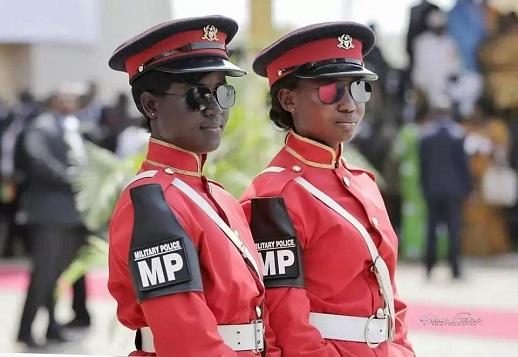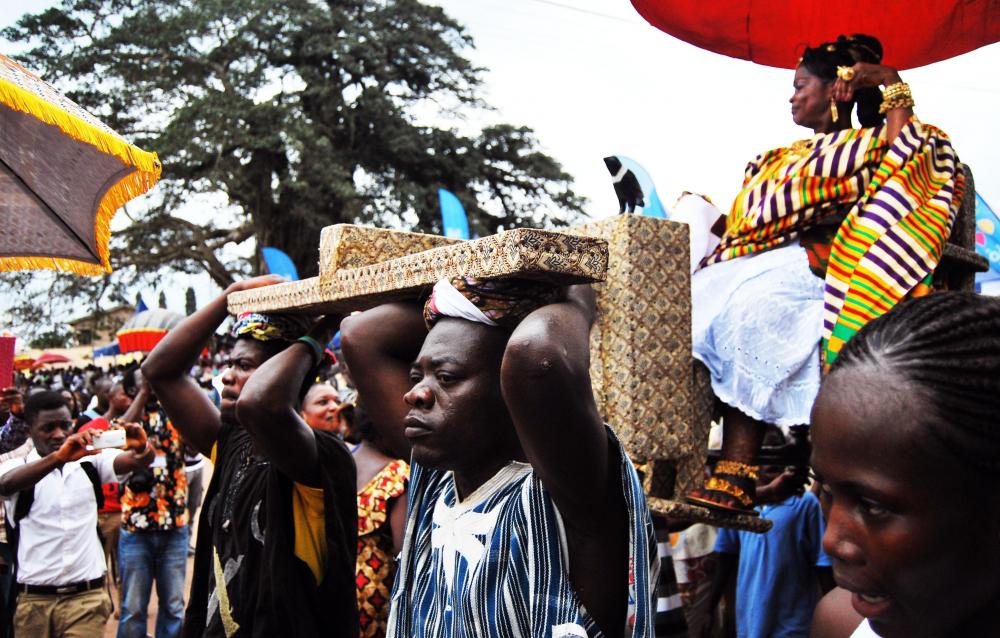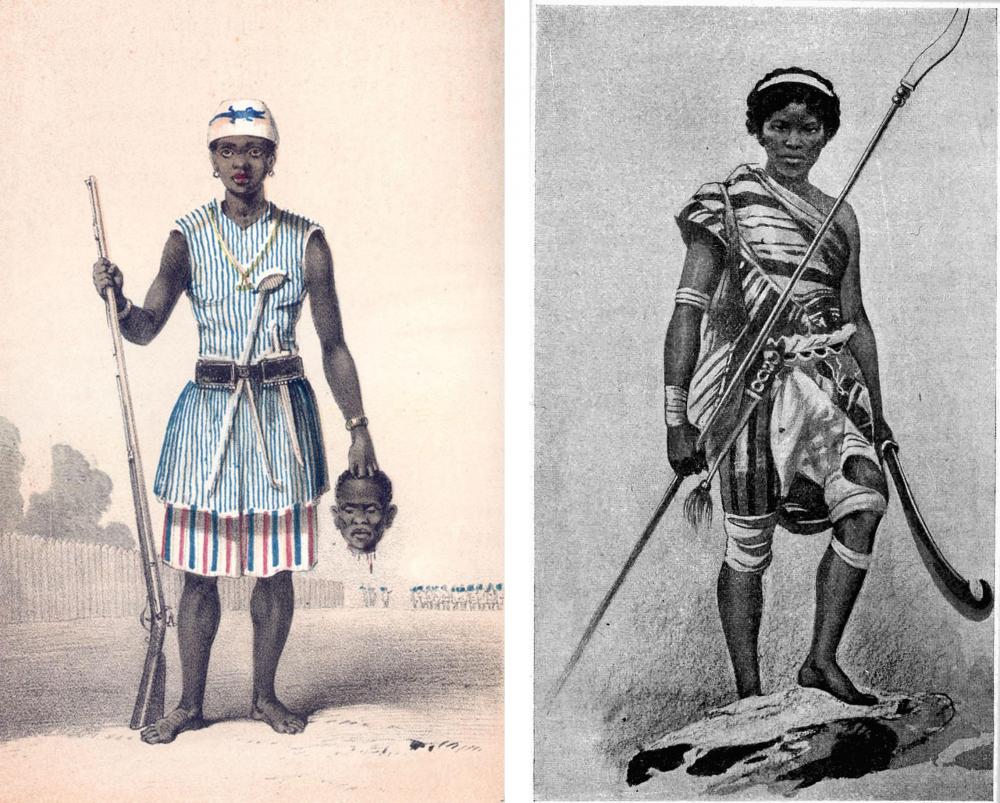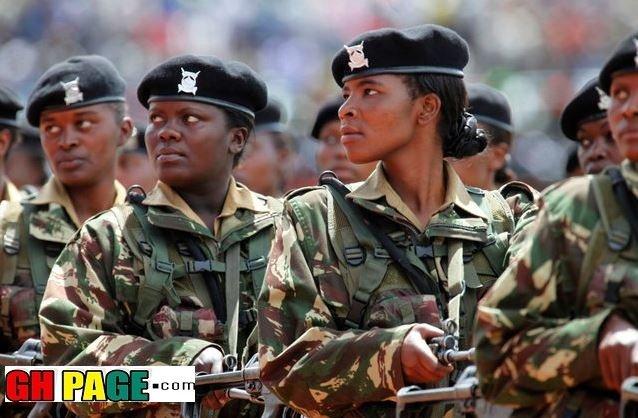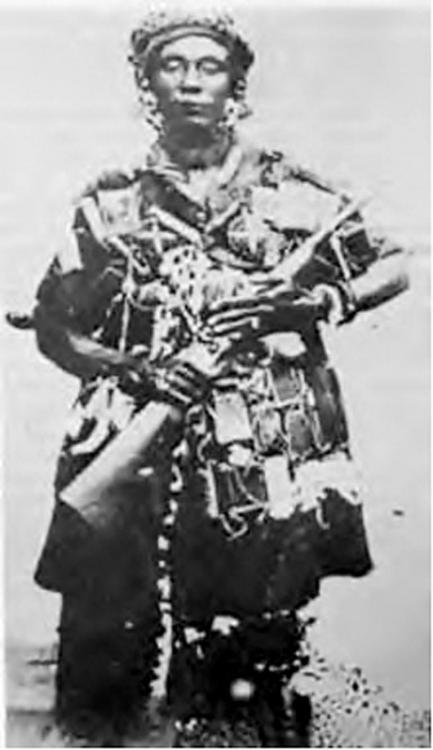-
Posts
2.332 -
Joined
-
Last visited
-
Days Won
60
Everything posted by Sundiata
-
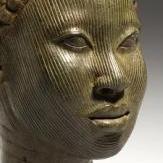
===[TASK]=== Crowd Sourced - Thracians (Faction)
Sundiata replied to Cleo's topic in Game Modification
I think your general observations are on point... I read something about artillery use at some Thracian sites, but need to read up more about that... -

===[TASK]=== African minifaction buildings
Sundiata replied to Lion.Kanzen's topic in Official tasks
Garamantes are Berber... Southern Berbers of the Sahara North Western Berbers include Numidians and Mauretanians, inhabiting the the Maghreb. Both interesting, but unit and building diversity would be a challenge... I wouldn't support merging the different Berber people because of a number of reasons, most important of which being that the Garamantes were a long-lived political entity, unique in most ways, and have a unique legacy as well. Their core territories were also 2000+ kilometers apart, which is a significant distance. -

===[TASK]=== Crowd Sourced - Thracians (Faction)
Sundiata replied to Cleo's topic in Game Modification
Yeah, in the end, I'm not all that particular about separating Dacians culturally from Thracians, as they formed a clear cultural continuum. The term Traco-Geto-Dacii is sometimes used to refer to them as a whole, and Getae and Dacians just seem to be subsets of greater Thrace. I shared those Dacian references last year to get a better idea of the architecture of that region, as some of the Dacian sites are better preserved. So for me, Dacian references are fair game, but they should be used subtly, to fill potential gaps, so that there is room enough to differentiate them from a more explicitly Dacian Kingdom for 0AD's mythical part 2. So units should be mostly/purely "pre-Dacian kingdom" Thrace i.m.o... On that note, Burebista is an attractive third choice for Hero, the first Thracian king to unite the Getae and the Dacians. A late hero to represent the power shift from the Odrysian kingdom to the Dacians. . -

===[TASK]=== Crowd Sourced - Thracians (Faction)
Sundiata replied to Cleo's topic in Game Modification
Nice... It's a Dacian temple though, and Stanislas already made a more appropriate Thracian temple. It is a beautiful structure though... Maybe it could be used as a model for a special building (Thracians had some round structures as well). Just not sure what. -

===[TASK]=== Crowd Sourced - Thracians (Faction)
Sundiata replied to Cleo's topic in Game Modification
No problem, just wanted you to be aware of this. I'd say go for it! I'll see if I can contribute with my measly texture skills... -
Swordsmen and elephants take out rams quite efficiently. In an emergency, even women can be used with some degree of success. I agree that its a little ridiculous though, the speed at which unprotected rams take out structures even when a considerable army is attacking them. I understand that archers should have a hard time with them, but its currently not possible/realistic to take out rams with ranged units at all... At least make spearman more capable of dealing with them? Obviously spearmen should be a lot better at taking out a ram (by killing the operaters) than swordsmen, who wouldn't necessarily have the reach.. The current system isn't intuitive, especially not for new players...
-

===[TASK]=== Crowd Sourced - Thracians (Faction)
Sundiata replied to Cleo's topic in Game Modification
Thracian Reference Update @stanislas69, @wackyserious, @Alexandermb, @LordGood perhaps when you "finish" with Terra Magna and Millennium AD, the Thracians could be the next big development? Their units are easy and diverse in terms of references. Just nothing on siege...Some of the Greek cities on the black sea coast were vassals to the Odrysian kingdom at times, and might provide some navy (?)... Buildings are a bit tricky, but I think we (and by "we" I mean Stanislass) are pretty close. For the wonder, I'd suggest the cult complex at Sarasol under Chetinyova Mogila, a round mound encased with a low wall of cut stone and features a monumental entrance and staircase (the largest complex of its kind in Thrace). @wowgetoffyourcellphone, @Lion.Kanzen, @Nescio, @Hannibal_Barca perhaps you guys could help with composing a balanced historical unit roster? We'd probably need Greek names, as Thracian is not well known... Any other input/comments/remarks so far? I'm not as familiar with Thracians as with others and could use some more insight (especially visual references of architecture). Lots of different stuff, mostly units: By the way, what's up with the first 6 posts in this thread? They seem totally unrelated to the actual title of this thread... -

Ptolemies and Architecture
Sundiata replied to Thorfinn the Shallow Minded's topic in Game Modification
Oh, and the Ptolemaic wonder, the Edfu Temple is also perfect. Shouldn't be changed... -
But, seriously though... Macaques attacking Alexanders Macedonians: "They call this tribe "monkey"... But we saw little difference with the tribes who lived among them", darn you Ptolemy I Soter and your casual racism.... (Did he actually say that?)
-

Ptolemies and Architecture
Sundiata replied to Thorfinn the Shallow Minded's topic in Game Modification
@Thorfinn the Shallow Minded We definitely don't disagree, I just wanted to add the necessary nuance, so we don't do a 180 and end up with a historically inaccurate overly Greek Egypt either. Some more nuancing : Basically, Ptolemies should have an Egyptian civilian substrate, with pronounced Hellenistic overtones in administration and military, with one of the most international selections of recruitable unit. -

Ptolemies and Architecture
Sundiata replied to Thorfinn the Shallow Minded's topic in Game Modification
@Thorfinn the Shallow Minded I agree with you to some degree, and many other people including myself have remarked on this topic before. I'd like to link to this post, which addresses just that ( @LordGood already made Hellenistic Ptolemaic house variants, but apparently they weren't committed or at least I didn't see them in-game)... The updated models: The Hellenistic look was largely limited to Alexandria, Naukratis and Ptolemais Hermiou, and even Naukratis and Ptolemais Hermiou were probably more Egyptian looking with the addition of Greek temples. So we definitely need to Hellenize some structures, but definitely shouldn't exaggerate it either, because the vast majority of the population was still Egyptian, and lived in a typically Ancient Egyptian style, similar to the New Kingdom. This even continued into the Roman period, and even in the early Christian period, churches were often just repurposed ancient Egyptian temples. Many rural Egyptian villages today still look quite similar to Dynastic Egyptian villages... They actually don't look 18th dynasty at all. They're total fantasy (except the granary)... That Greco-Roman kiosk looks like the only structure that actually used a reference, but even that is Roman (Trajan's temple on Philae island, border area with Lower Nubia) That having said, it would be good to keep the Egyptian barracks for native troops, and a Hellenistic barracks for Hellenistic units. I'd also like reiterate to the need for some marginal overlap between Ptolemies and Kushites (like the Hellenic civs, but not so extreme), and the best way to do this is have half of the house-variants for both Kush and Ptolemies be Egyptian style house models which should be the same for both civs, but using their own respective textures and props. The other half of Ptolemaic houses should be LordGoods updated Hellenistic versions and the other half of the Kushite houses should remain those pretty Nubian vaulted homes. This would provide a perfect and historical overlap and cultural uniqueness at the same time: -
I just fell in love with my own idea! Can we have stick-, stone- and feces-throwing baboons and macaques in-game??? Ranged Gaia animals!! That would be soooo cool, and annoying in a really funny way. They shouldn't do much damage though, but if you leave a single citizen soldier or women close to a troop of 20 monkeys, they should slowly get stoned to death...
-
Actually, Kushites were concentrated in North to Central Sudan and at their maximum extent reached South Sudan and the Ethiopian border. Gorillas are nowhere close, but there are Eastern Chimpanzees still inhabitting the southern corner of South Sudan, and their historical range 2000+ years ago was many times greater than today. We have a Gambia map, no? Carthaginian expedition by Hanno supposedly reached Gambia, where they hunted apes, probably Western Chimpanzees (funnily called "Gorillai", the origin of the modern name "Gorilla"). So there's no use for gorillas, indeed, but Chimpanzees are more debatable. Either way, I don't think either of those are important. I'd suggest the Hamadryas Baboon as one of the most important primates for out timeframe and geography. Hamadryas Baboons inhabited Egypt and Sudan in antiquity and Ethiopia and the Southern Arabian Peninsula up to this day, and were an important symbol in traditional Egyptian and Kushite religion (a representation of the god Thoth), and was exported north (as pets?). They're social/funny/annoying/dangerous animals living in troops. I'd love to see some baboons harassing Kushites or Ptolemaic hoplites, by throwing stones at them (or feces ). The other important primate is the Barbary Macaque, of Northern Africa (throwing stones and feces at Carthaginians and Romans ) Other types of macaques also inhabit India, Afghanistan and Pakistan (throwing feces at Seleucids and Mauryans...) Absolutely! This is absolutely pointless in my opinion... The only types of giraffes in any of our biomes are the Nubian Giraffe, the Kordofan Giraffe and the West African Giraffe, which are only marginally different from each other...
-
Nice! Shouldn't every civ (in vanilla) that doesn't have a dedicate ram have access to these, the most simple/basic/primitive ram? It would help with balancing siege weak civs without affecting historicity... They should be noticeably weaker than covered rams though! It would be horrendous to see 40 archers take 15min to take out one of these...
-
Scythian gold is indeed among the finest of the ancient world. Absolutely beautiful. They were especially fond of the stag (deer) with elongated antlers... Very important symbol for some reason. It was also very similar to Xiongnu gold working, to the point that even experts in the field often struggle to assign artefacts to the right culture (there was some overlap). Even Thracian gold working has some similarities (Sarmatian connection) The detail on that comb is amazing... That curved back shield... Mmmm... More Scythian gold:
-

===[TASK]=== Crowd Sourced - Thracians (Faction)
Sundiata replied to Cleo's topic in Game Modification
Thracians: Random image references (architecture and units) @stanislas69 A small reference update. Thracian units will be very easy to do, with the exception of siege equipment and navy (which seems to be more obscure). Architecture, as you've noticed will be more challenging, but I think you already have a good handle on it ("Greco-Barbarian"). I elect the palace at Seuthopolis as the Thracian CC, and should be the most Hellenic looking structure (although using those wooden shingles would tie it in well with the rest of the architecture set). I shared this one before (Seuthopolis): Detail of the palace I elect for CC. I'd suggest discarding those defensive walls (part of the city walls), and using a long Greek Stoa as an approximate reference for the main building. The colonnaded courtyard is just perfect. Tomb entrance, shared by lion in a previous post: Interior plan of the tomb Starosel, a Thracian temple/tomb complex, built inside a tumulus: A fortified hill top royal residence called Kozi Gramadi: Thracian village life: Units: They had chariots! The restored decoration on the chariot actually gives some clues to (elite) architecture: Art.. Good quality representations in my opinion (based on actual finds of weapons and equipment): (This guy's rhomphaia looks a little weird, but the rest is on point) And some Thracian gold: The Panagyurishte Treasure (These guys have some full on Iranian influence...) I'm just absolutely in love with the fact that Thracians had art representing Sub-Saharan Africans (probably Kushites). To make it even more awesome, Kushites had Greek (Attic) pottery depicting Thracians in great detail. Even more amazing, there is Greek art depicting "Aethiopians" carrying those typically Thracian peltast shields (pelte). Almost incredible, or fantastical, one might say, but Kushites actually travelled through Thracian territory as mercenaries in Xerxes army during his invasion of Greece. How cool is that?! Antiquity is so interesting... more gold... If anyone in this forum speaks Russian or Bulgarian, they could be of great help in the research. Most of the juicy stuff seems to be in those languages... Here are some good sources. I honestly didn't read through all of it, but its definitely worth a look for anyone looking for a little more in depth info on the Thracians: https://cdn.preterhuman.net/texts/history/military_history/Osprey - MAA 360 - The Thracians 700 BC - AD 46.pdf https://www.metmuseum.org/pubs/bulletins/1/pdf/3258668.pdf.bannered.pdf http://www.archaeology.ru/Download/Niculice/Niculice_1987_Severnye.pdf https://guidesbg.com/wp-content/uploads/2018/01/A_Guide_to_Thracian_Bulgaria.pdf https://www.iianthropology.org/ChristopherWebber.pdf -
I was going to say that I don't think Scythians were literate, but there were actually some inscriptions found in Scythian sites (some runic type writing, or related to Indian scripts...). Either way it doesn't seem to have been common. Here's a bunch of Scythian unit references, including queens, enjoy:
-
Scythian heroes: "King and Queen of a Scythian tribe in a representation based on the archaeological finds from Central Asia." Royal lady What Scythians do best
-

Others RTS - Discuss / Analysis
Sundiata replied to Lion.Kanzen's topic in Introductions & Off-Topic Discussion
It really is... 0AD needs ground-texture love. Would go a long way to update the overall look of the game (and a GUI overhall). -
Since Byzantine monumental architecture was several orders of magnitude greater than any other civilization during this period (I think), maybe an exception can be made for them? Having the same poly count for the Hagia Sophia as for whatever other structure you can think of from that period would be a little weird, no?? I don't know what I'm talking about when it comes to poly counts though, just emphasizing the fact that the Hagia Sophia is absolutely enormous...
-

===[TASK]=== African minifaction buildings
Sundiata replied to Lion.Kanzen's topic in Official tasks
@av93 I should probably clarify a little further where I'm coming from (literally). I'm an Akuapem, which is one of the Akan tribes (more than 20 million people in all), and like the other Akans (such as Ashanti, Fante Akyem, etc...) we are matrilineal. My own family is actually patrilineal, but that's just a weird local quirk that's not common outside my own town and a few others in the area (due to pre-Akan ancestry). Not only are we matrilineal, but the Queen Mothers are among the most respected institutions, working in tandem with the male chiefs and kings. They (there are many and they form powerful associations and have internal hierarchies) decide who is fit for kingship and make the selection. In addition to that, female priests are important in traditional Akan religion as well, and perform rites and rituals like their male counterparts (and can even train male priests). These cultural traits translate into modern life as well, and aren't limited to the higher echelons. On every level of society, powerful women are not rare, running businesses and entire markets, but also business empires and hold important positions in politics. Women here are generally speaking very strong, and a woman publicly beating a man is not unheard of. In fact, mobile phone videos of such occurrences are a great source of amusement to Ghanaians today (although domestic abuse is nothing to laugh about...). You can also see it in the army and police force. Female soldiers and police officers are common, and are nothing to mess with. In fact, after the civil war in Liberia (during which women suffered tremendously from rampant rape), all-female Ghanaian military units were sent to patrol the streets (under UN peacekeeping mission) and impress respect for women and inspire the young girls and women of that country). All-female military units aren't new to West-Africa either. The Kingdom of Dahomey (Togo) fielded an elite all-female corps, the Ahosi, numbering more than 3000 fighters... They had a fearsome reputation for decapitating their (male) captives and when Dahomey was a vassal state under the the Oyo Empire of Nigeria, they participated in a major battle against the Ashanti Empire (the battle of Atakpame, 1764). Although these societies are traditionally regarded as patriarchal, it's not comparable to other patriarchies... The Amazons of Dahomey: Veteran Ahosi: These women were hardcore... Yaa Asantwaa herself, Queen Mother of Ejisu, second in command of the Ashanti Empire. She led a final last stance against the British. After the British had kidnapped and exiled the Asantehene (King or Emperor of Ashanti) during the fourth Anglo-Ashanti war. The governor of the Gold Coast, Fredrick Hodgson, then demanded to sit on the Golden Stool. The Golden Stool (literally a golden stool) is the embodiment of the Ashanti Nation. Literally its soul, and represents its sovereignty. Ashanti would never give this up, and fought to the end defending it (The fifth Anglo-Ashanti war, also known as "The War of the Golden Stool"). When the chiefs became scared to resist the British any further, Yaa Asantwaa famously said: "Now I have seen that some of you fear to go forward to fight for our king. If it were the brave days of Osei Tutu, Okomfo Anokye and Opuku Ware I, chiefs would not sit down to see their king taken without firing a shot. No white man could have dared to speak to the Chief of Asante in the way the governor spoke to you chiefs this morning. Is it true that the bravery of Asante is no more? I cannot believe it. It cannot be! I must say this: if you, the men of Asante, will not go forward, then we will. I shall call upon my fellow women. We will fight the white men. We will fight till the last of us falls on the battlefield." Although the war ended in a total disaster for the Ashanti and the deportation of its remaining leadership, the British were never able to capture the Golden Stool, which is still considered the embodiment of Ashanti today and a great source of national pride. In fact, fearing further rebellions in Ashanti and other places in what is now Ghana, the British never really occupied the area, and opted for indirect rule instead. Yaa Asantewaa in traditional war outfit (Batakari). I took the following picture myself during the Odwira, the most important traditional festival of Akuapem, during the durbar in Akropong, our "capital". I hope this picture of a Queen Mother helps you to understand the traditional position of women in our society Modern Ghanaian female troopers and police: Ghanaian troops In Liberia: In Ghana: -

===[TASK]=== African minifaction buildings
Sundiata replied to Lion.Kanzen's topic in Official tasks
You're absolutely right! I always have the Thracians in the back of my mind, I just get side-tracked really easily... I hope to be able to present some more relevant Thracian references soon Scythians are that other nomadic civ we should really do, so I'm happy you mention them. Scythians and Xiongnu are the perfect counterparts of each other! Eastern vs Western steppe, wets my mouth! Thracians complete Europe (save for Germanics) I'm still undecided. They seem more politically and culturally cohesive than Iberians and Celts. They were a very long-lived civilization with a tangible legacy and impressive roots. and they have that attractive African desert/Sahara feeling... They raided Roman coastal settlements, and Romans in turn sacked their capital, but seem to have been unable to maintain any sort of control there... I'm just not sure yet if their unit-roster would be impressive enough (in terms of what we can actually reference at least). Need to do some more digging. They're definitely on my personal shortlist for a potential next African civ. On another note, we can totally do the Aksumites for Millenium AD... They'd be pretty Amazing! Had a strong Byzantine connection and conquered South Yemen, even attacking Mecca! They're legacy is also very strong, and some Aksumite architecture still exists relatively intact today... -

===[TASK]=== African minifaction buildings
Sundiata replied to Lion.Kanzen's topic in Official tasks
Well, women could own male slaves in several matrilineal cultures, and I'm quite sure the power of a number of Kushite Queens was pretty absolute... Princesses also seemed to play an important role... Female gods like Isis and Mut were among the most revered of the gods. I know these are not absolute proofs of matriarchy, neither am I trying to prove that, just clarifying that a Scythian amazon would totally murder the living daylights out of you if you looked at her the wrong way, or maybe she'd castrate you and keep you as a pet... And I think that's pretty cool, because it is indeed a rare sight. Just not non-existant. Tuareg are a nice example of that. not in this case, trust me, the men were totally the b*****s in the examples I saw... It was weird... And it was village wide, in several communities... -

===[TASK]=== African minifaction buildings
Sundiata replied to Lion.Kanzen's topic in Official tasks
Not really in the BC period, that I know of, except for the (proto-) Aksumites. The rest of Africa becomes incredibly interesting from the A.D. period onwards (especially from the early medieval period onwards), but before that, vast areas of Africa were only very sparsely populated by ancient hunter gatherers (paleo-Africans, short people), who were absorbed by later peoples migrating south and westwards beginning only a few thousand years ago... (Hence my random theorizing above). The exceptions are the Dhar Tichitt and surrounding culture (500 stone settlments in what was once a green savannah in modern day Mauritania) and the Nok, of northern Nigeria (iron workers and terracotta experts), and although important, they're both too obscure to feature convincingly... Axum, although absolutely delicious, is just a little too late for our timeframe and the Kingdom of D'mt is too early (and obscure). In medieval times we get the really big players, like Mali Empire, Songhai, Kanem-Bornu, the Hausa Kingdoms, the Swahilli Coast, Kingdom of Makuria, the Shona Empires, Zagwe Dynasty, Kingdom of Kongo etc... So Millenium A.D. and late medieval mods should be interesting. -

===[TASK]=== African minifaction buildings
Sundiata replied to Lion.Kanzen's topic in Official tasks
Can't really say that I totally agree with your reasoning @av93, generally speaking, the last 3000 years or so, the "civilized" world has indeed been mostly patriarchal, and relatively (very) oppressive to women. But much more egalitarian societies also existed, including many clear examples of powerful ruling queens and warrior women. I'm struggling to understand your resistance to the idea that women played key roles (including rulers and warriors) in those societies where it is indeed well documented. Kushites are only one of them. Feel free to read up on the role of women in Scythian society or gender roles among the indigenous people of North America. It's nothing like traditional patriarchy... Polyandry even exists in some South Asian societies today... Time for some random theorizing on the origins of modern Africans...:

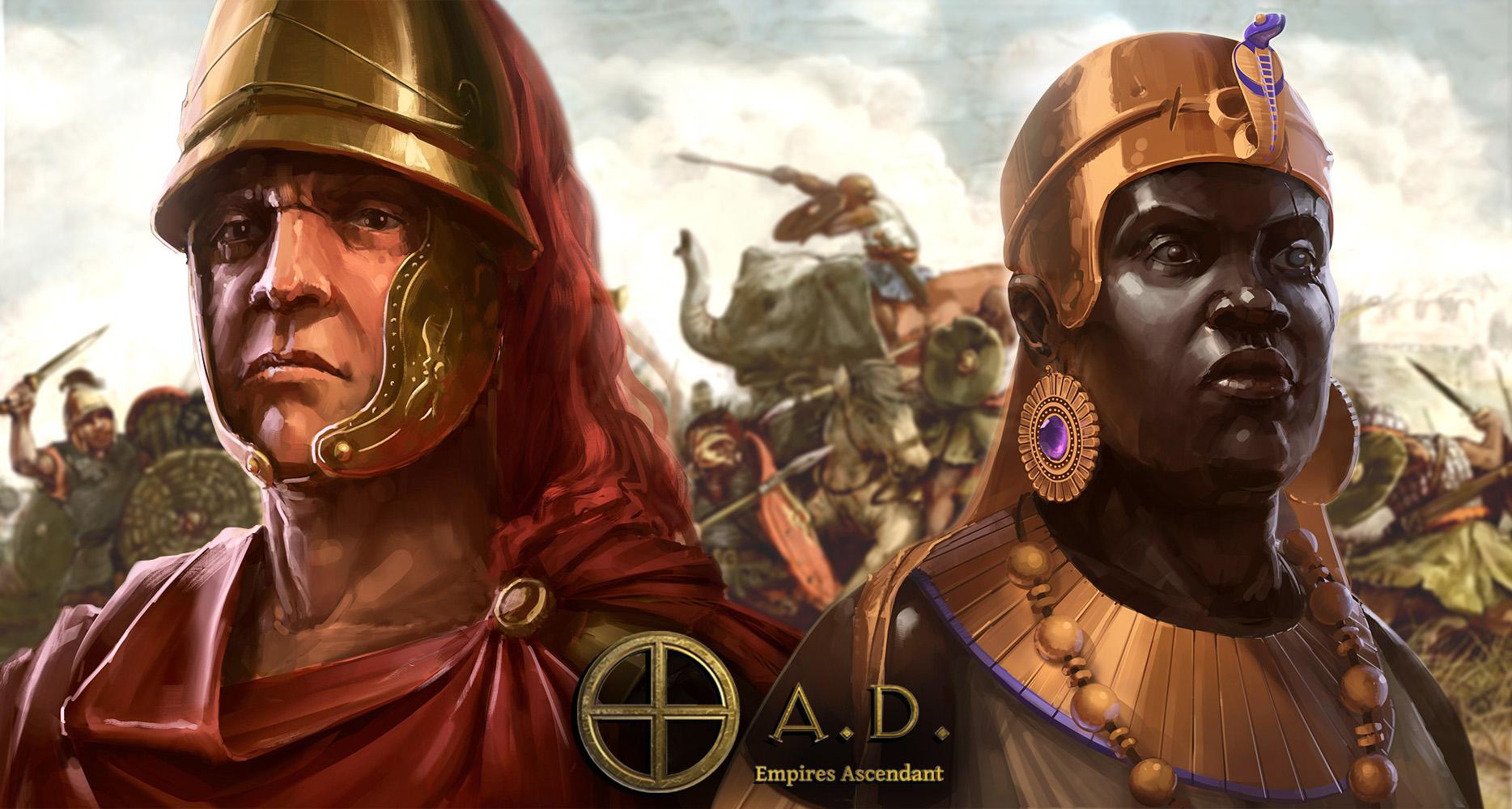

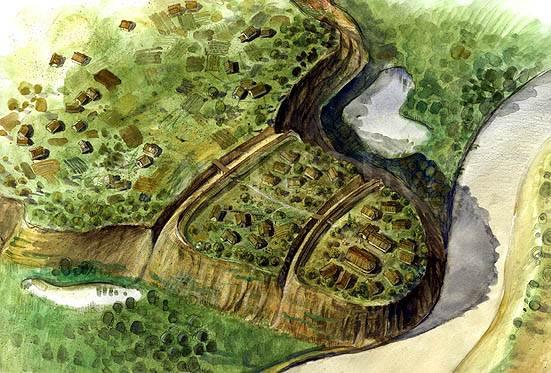
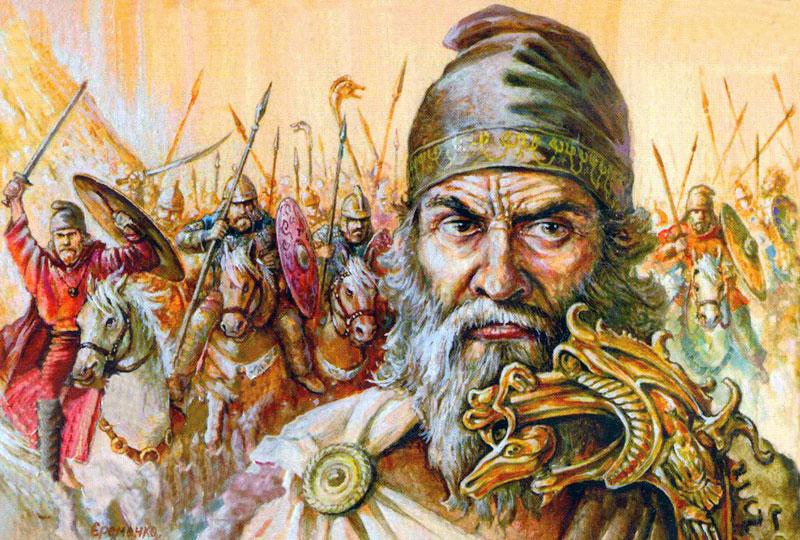
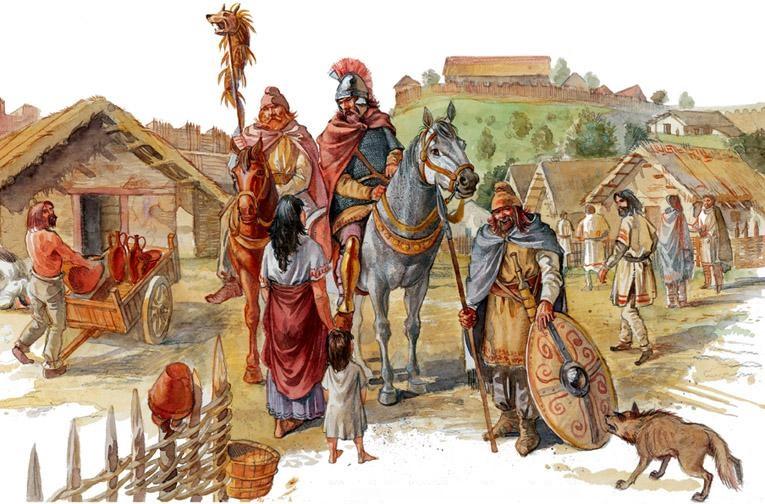

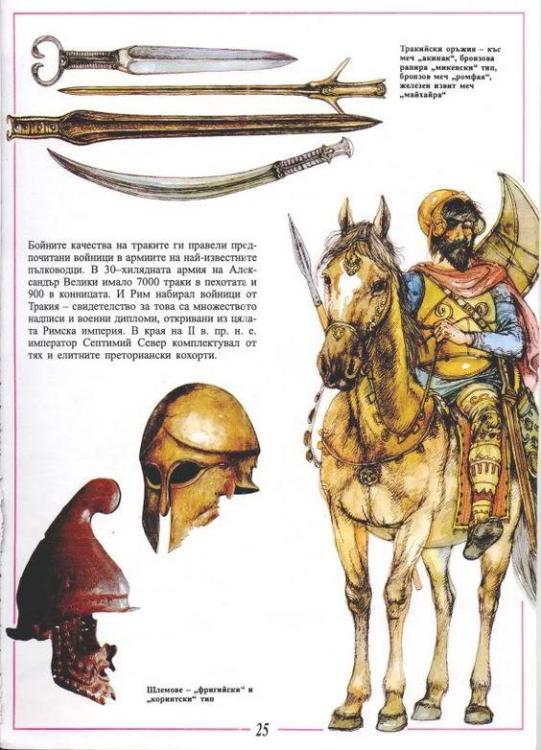
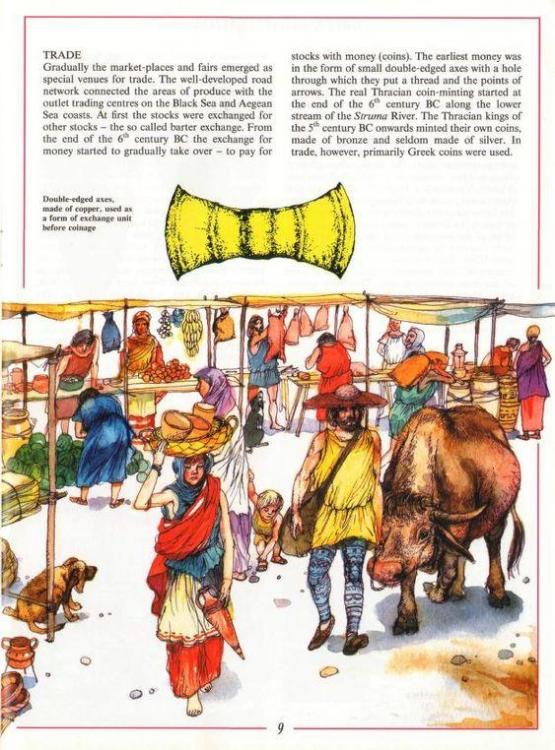
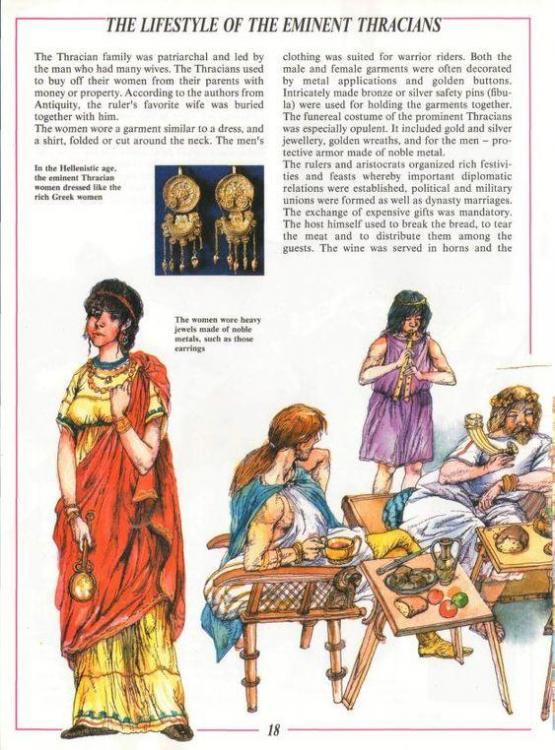
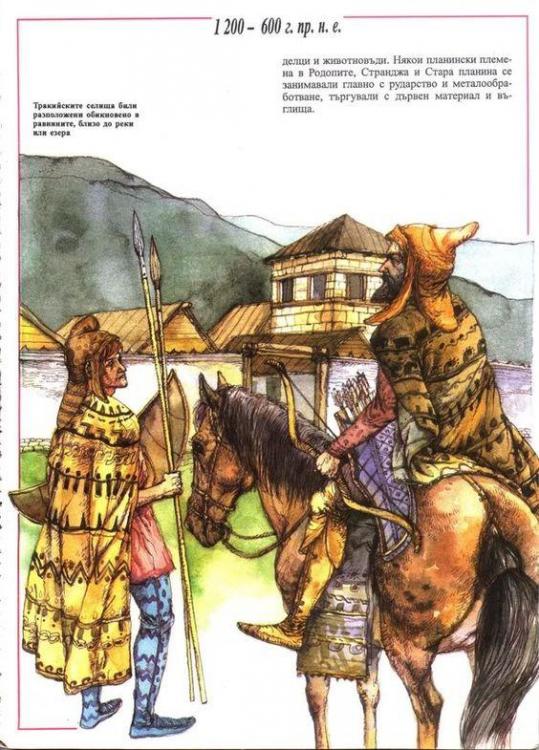
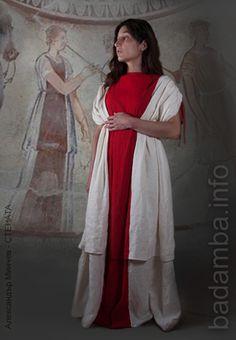
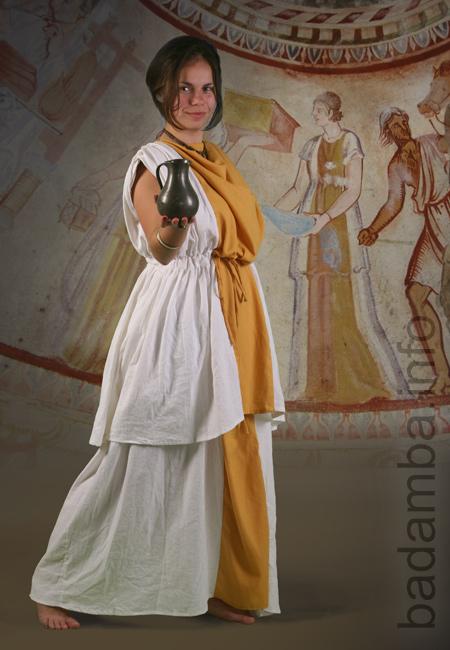
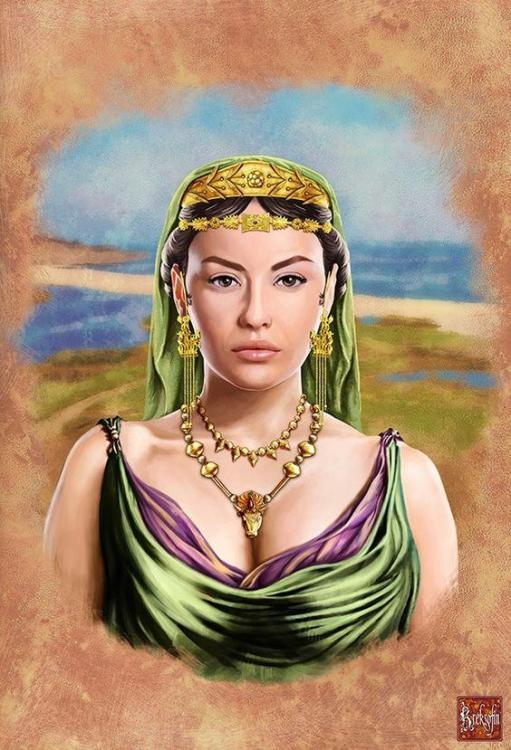
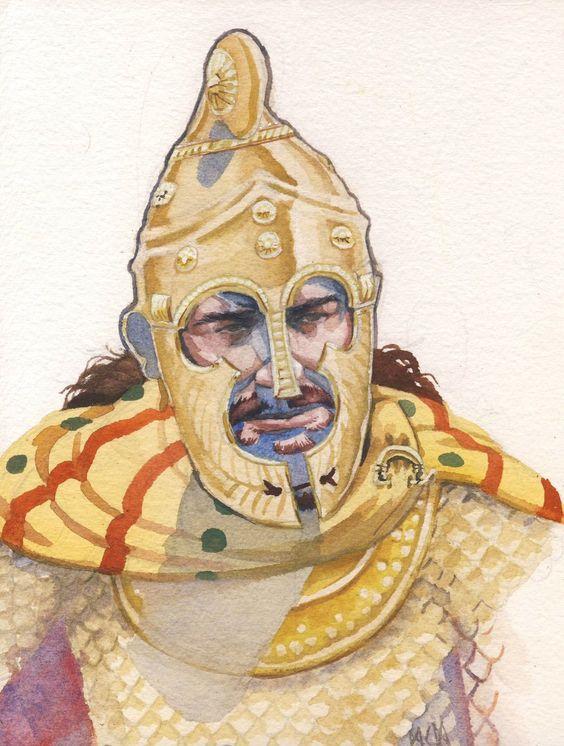
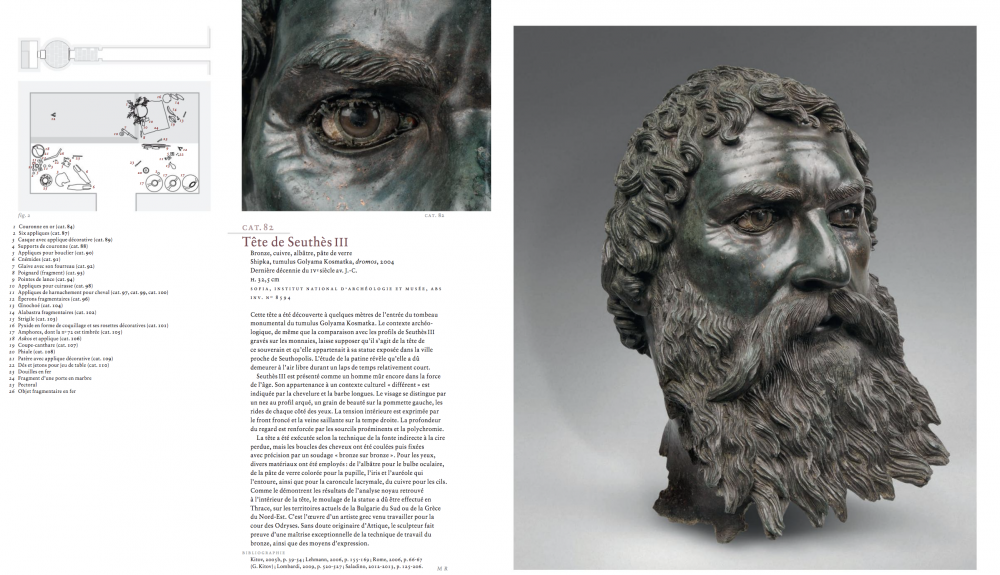
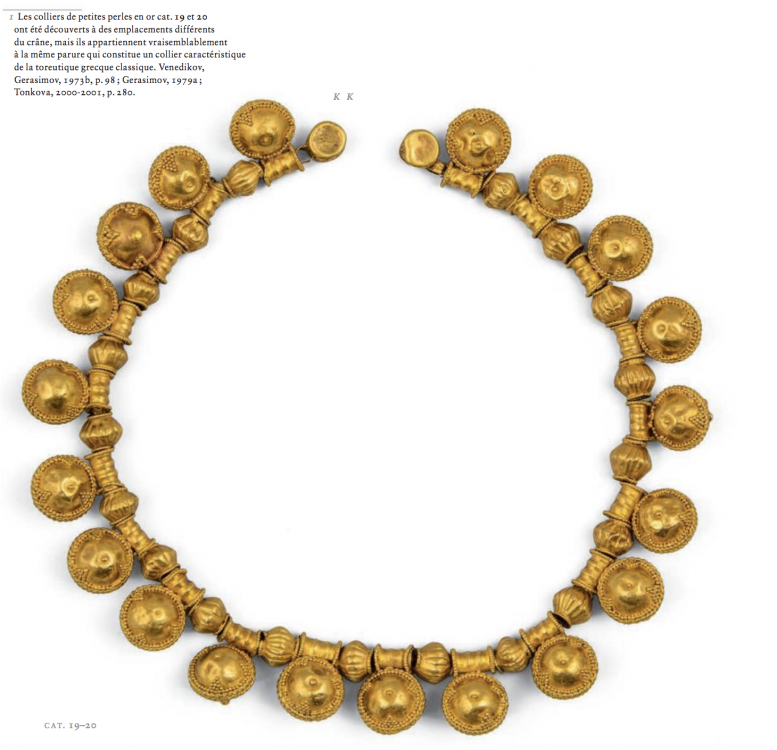
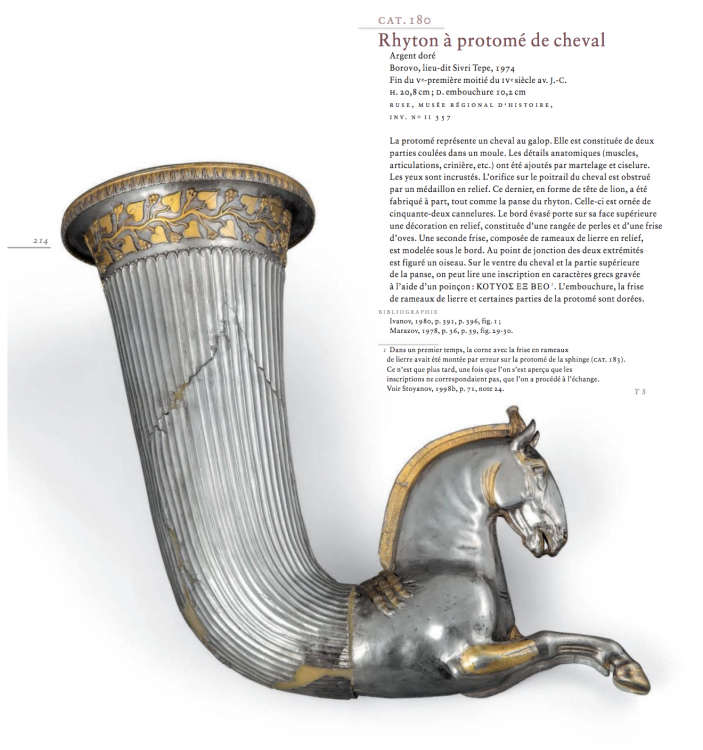
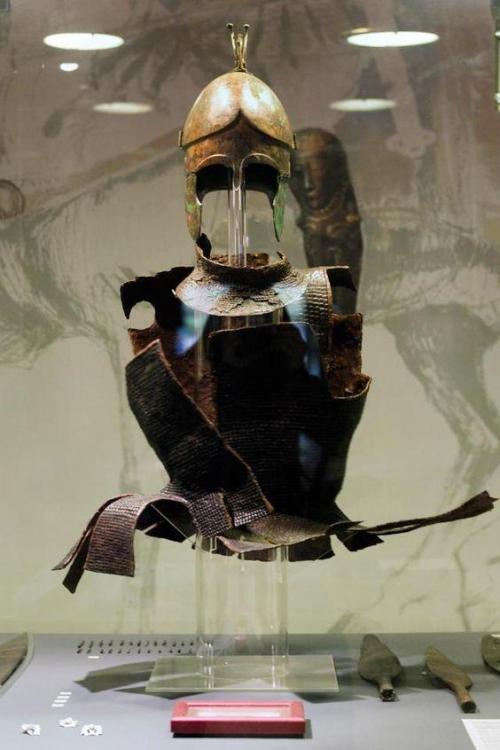
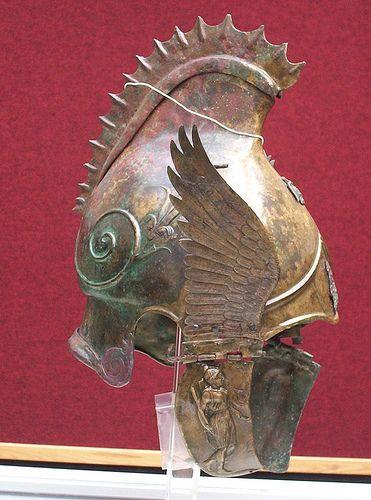
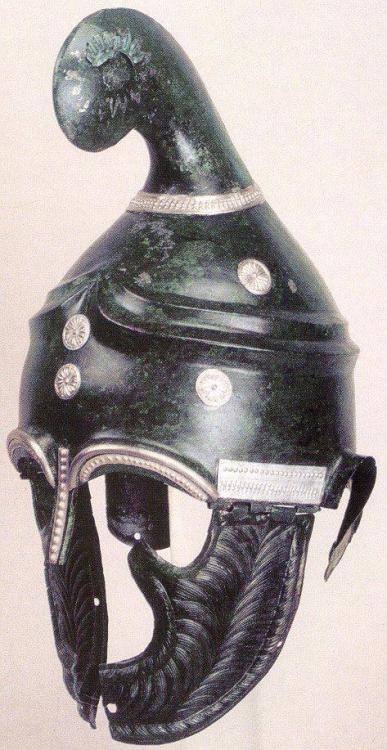
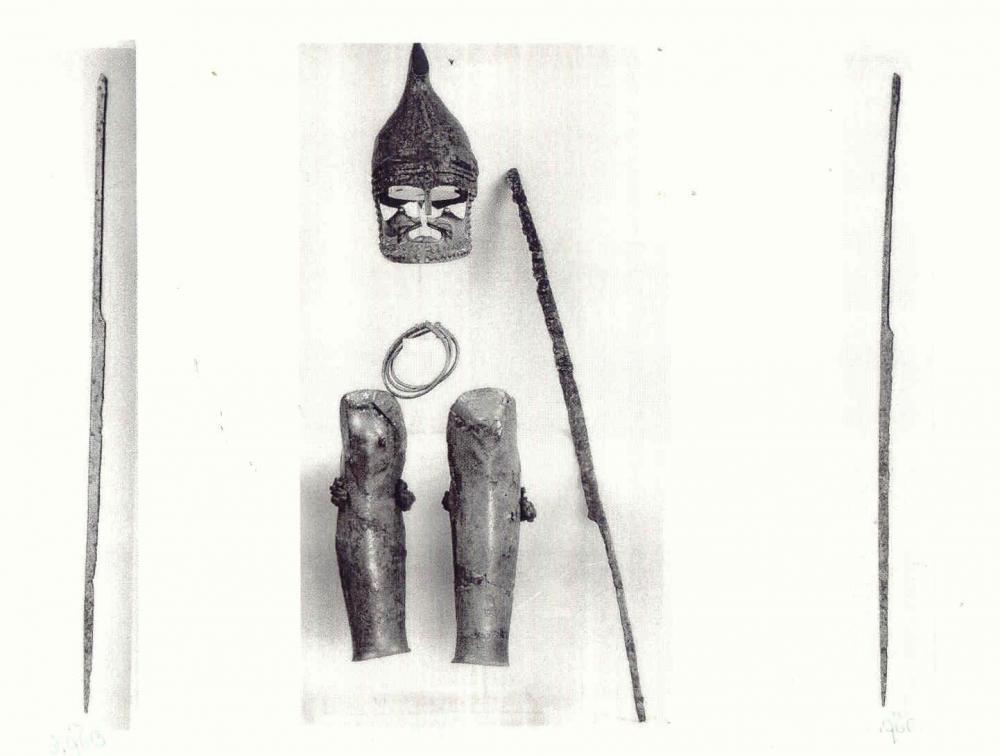
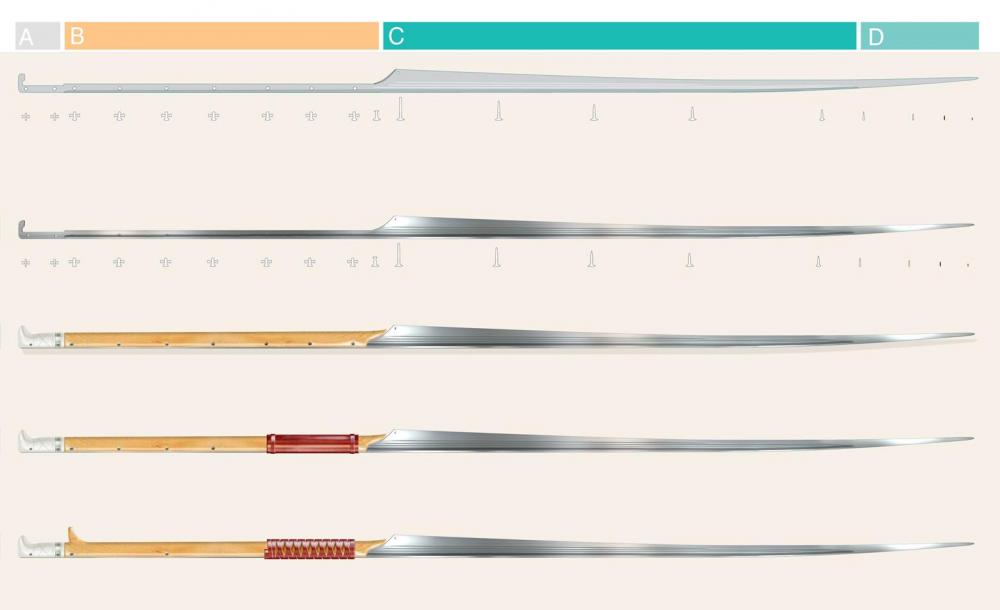
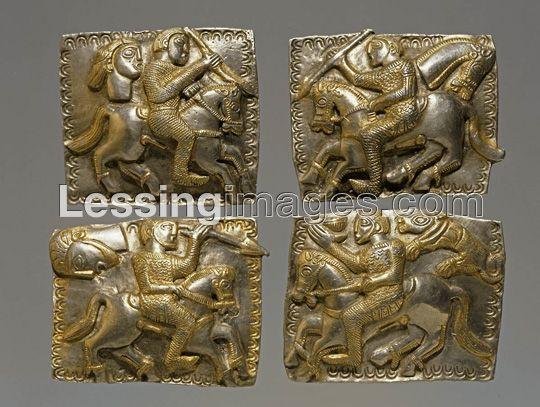
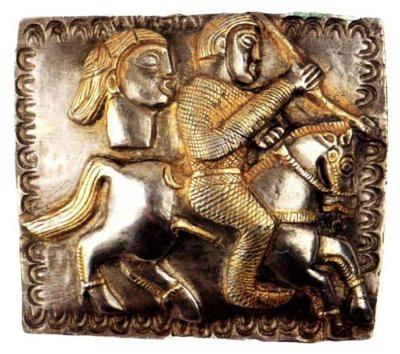
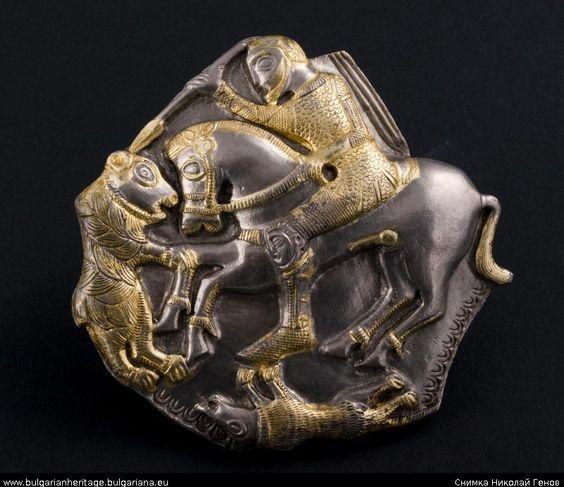
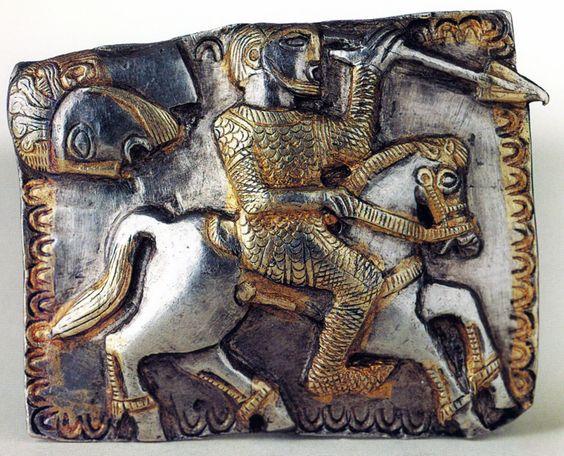
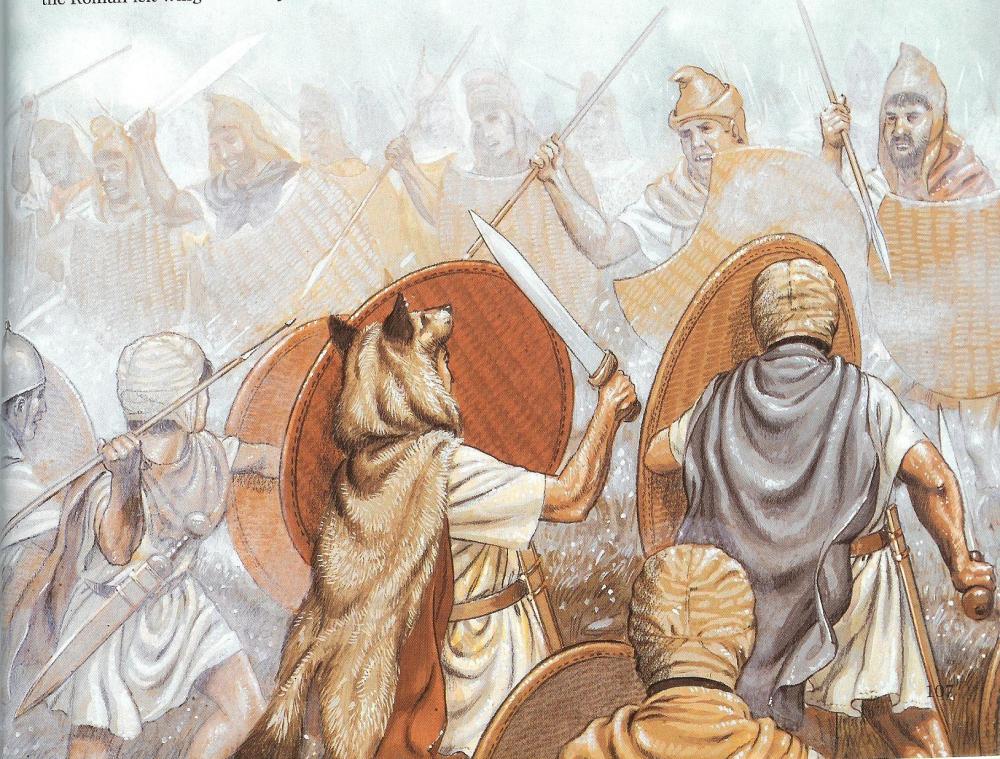
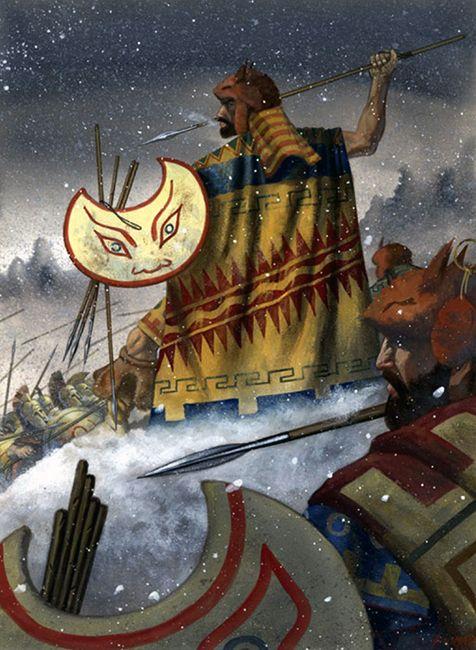
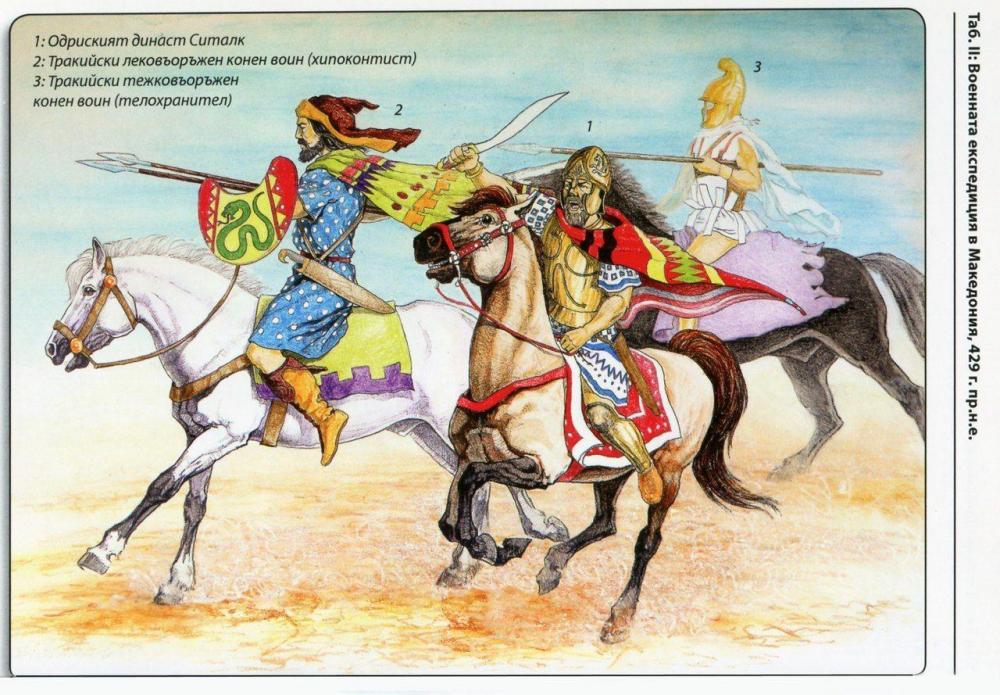
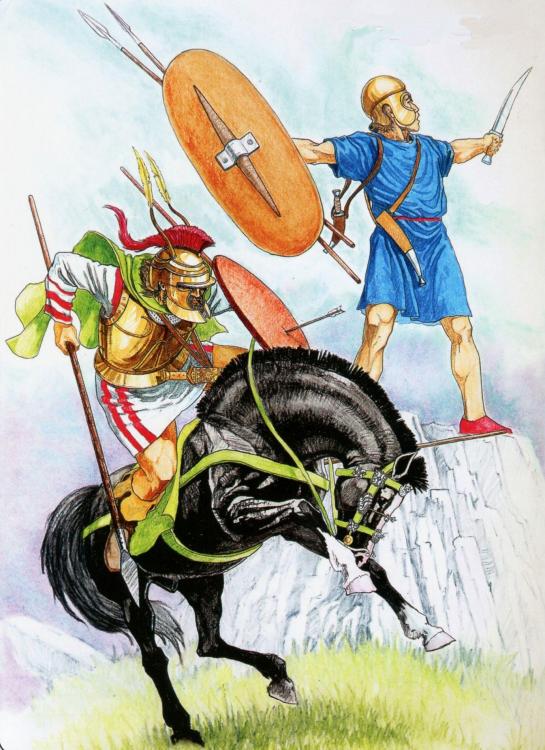
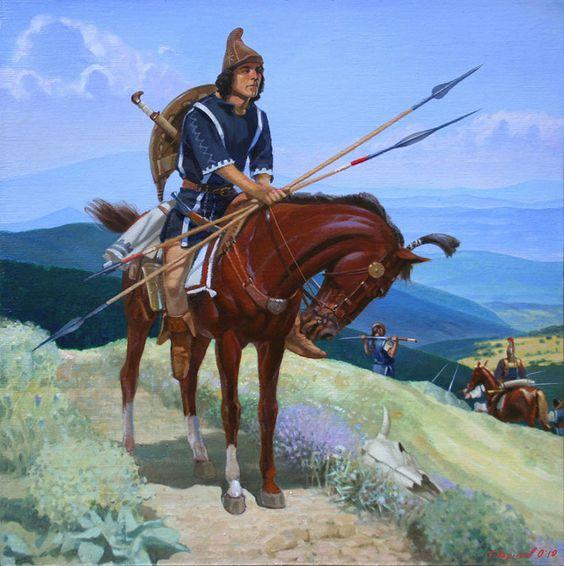
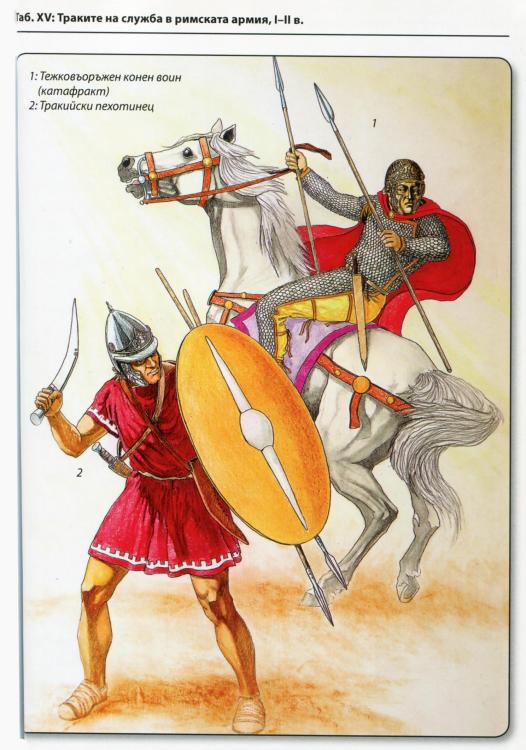
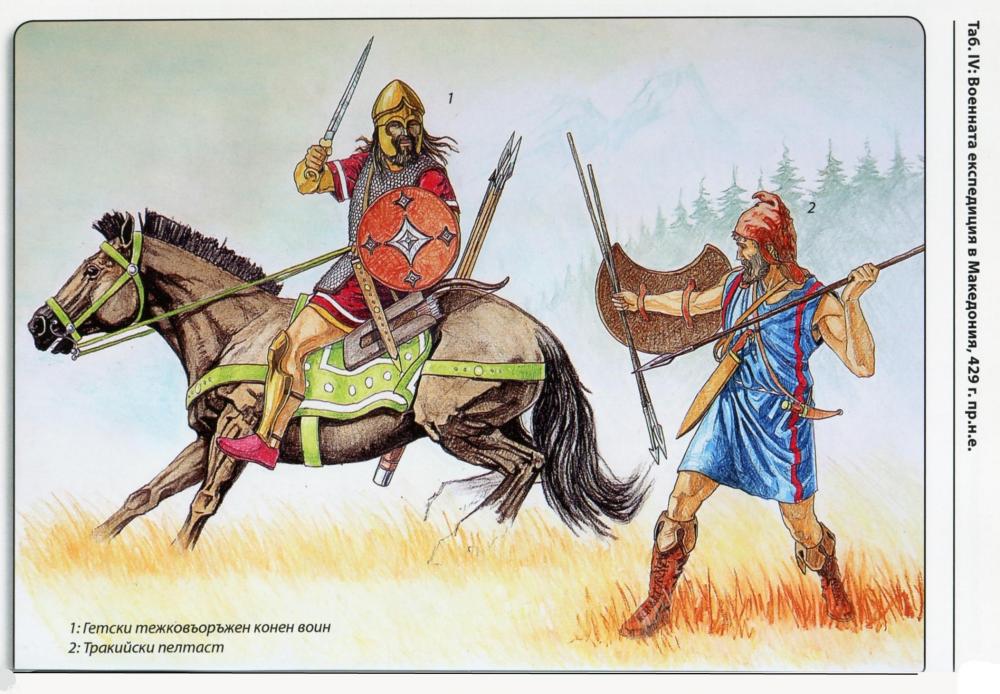
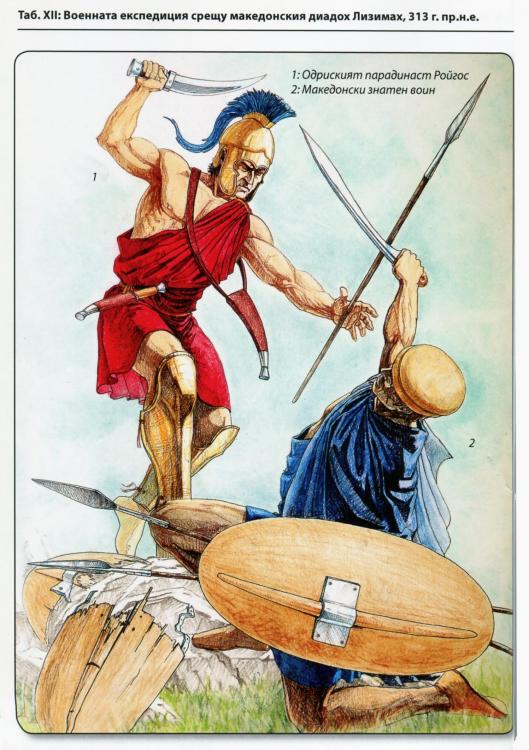
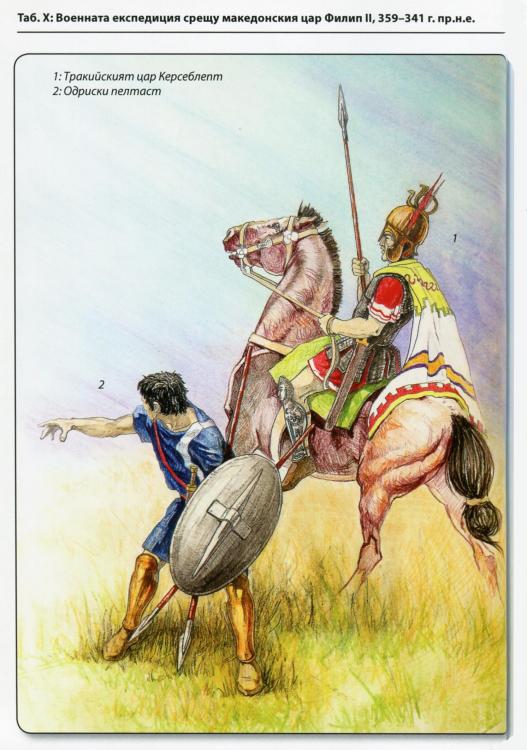
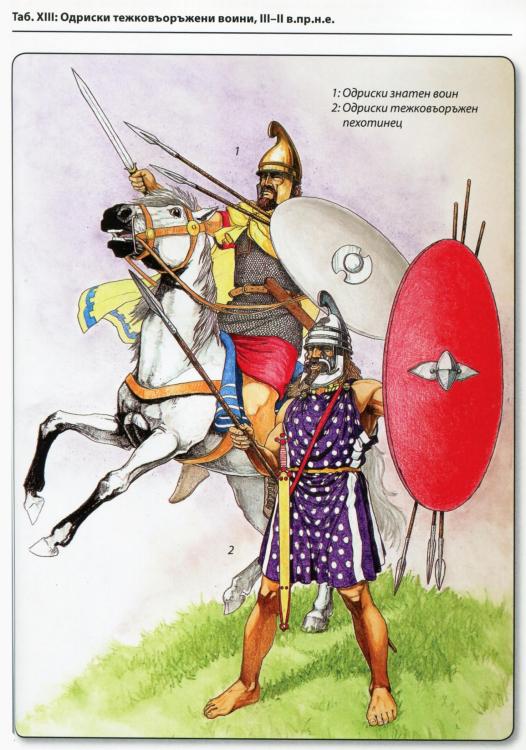
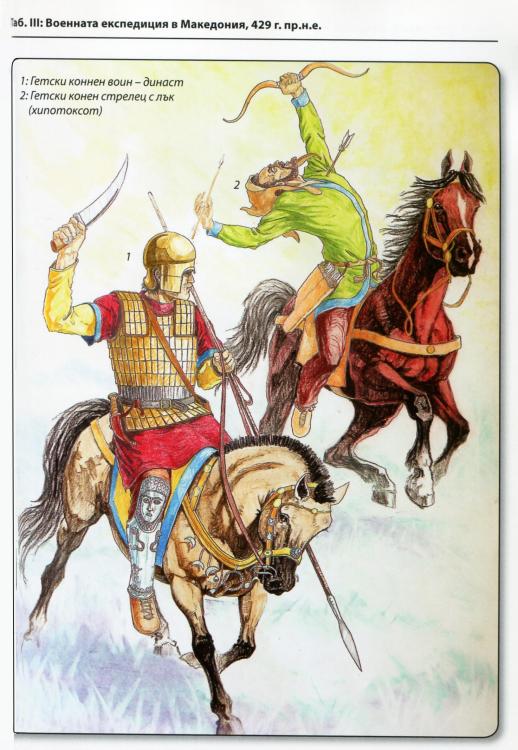
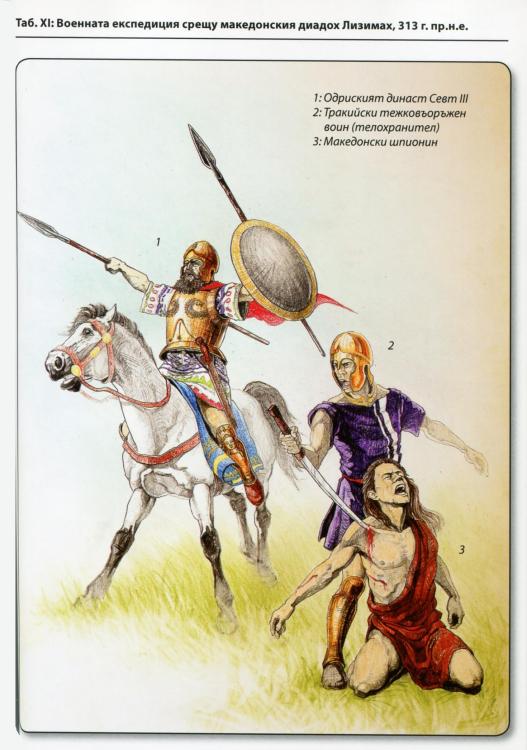
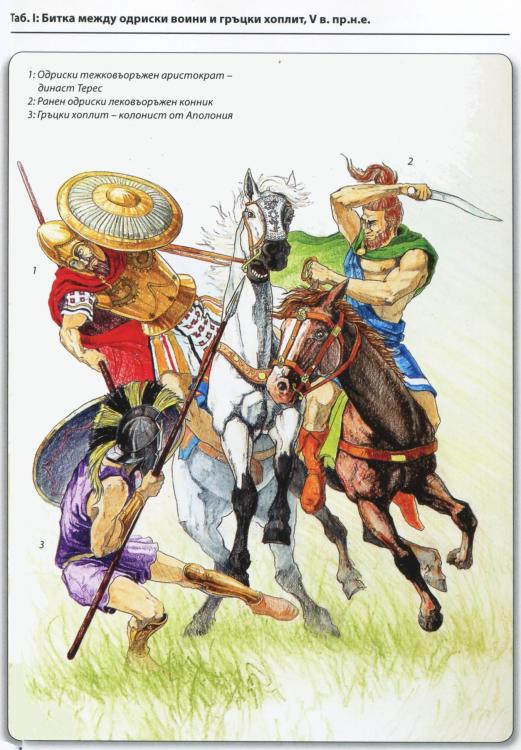
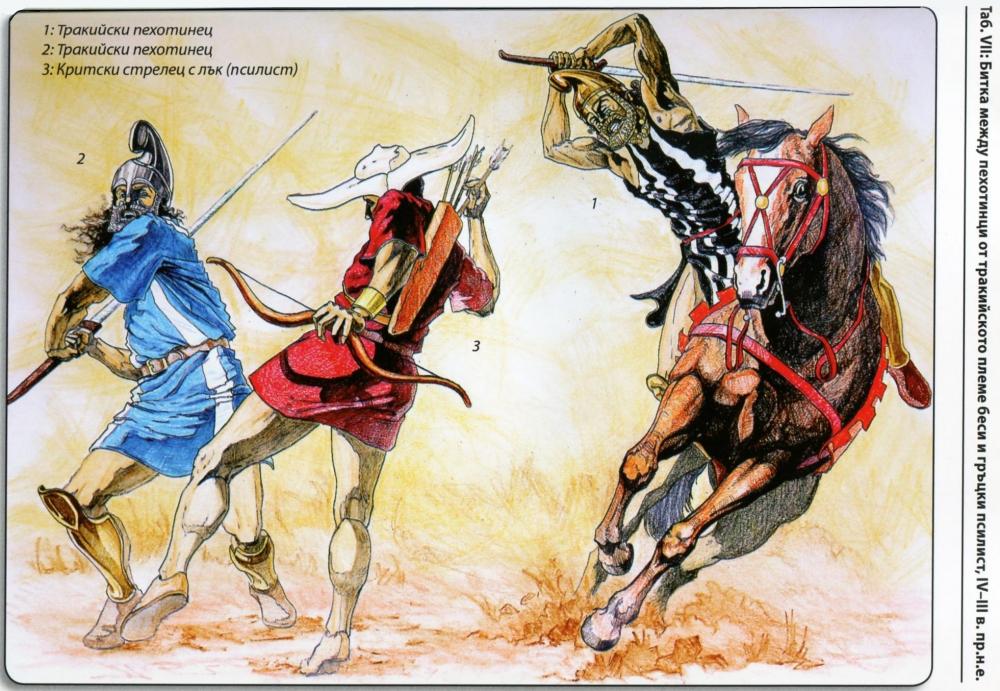
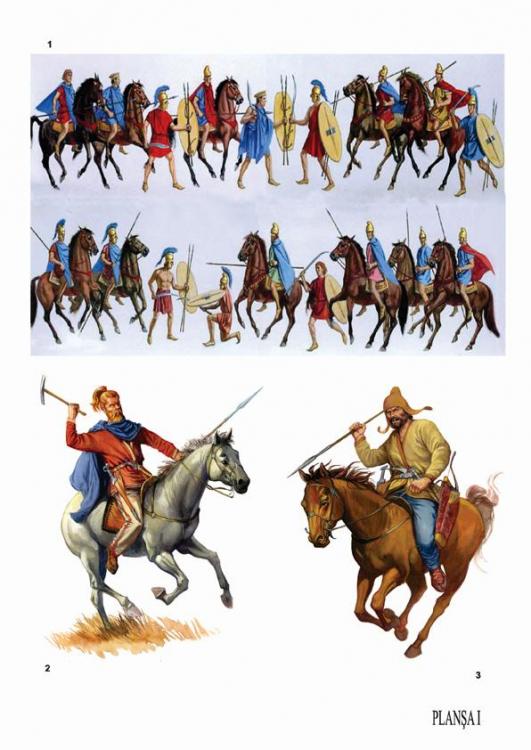
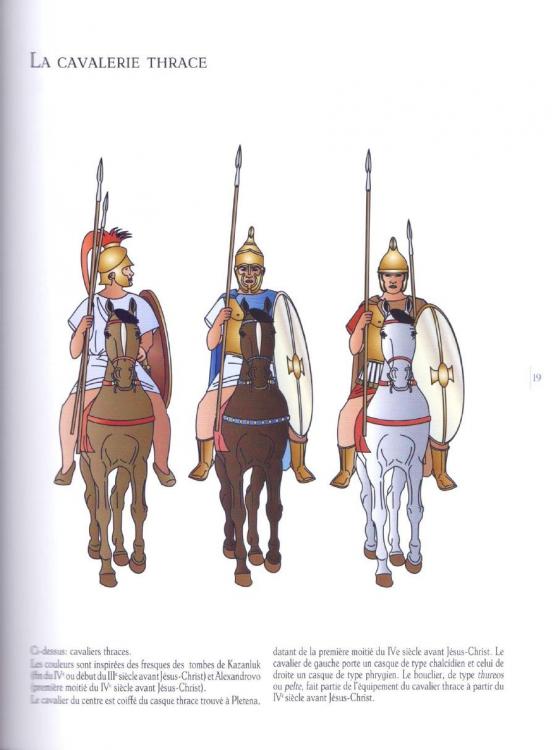
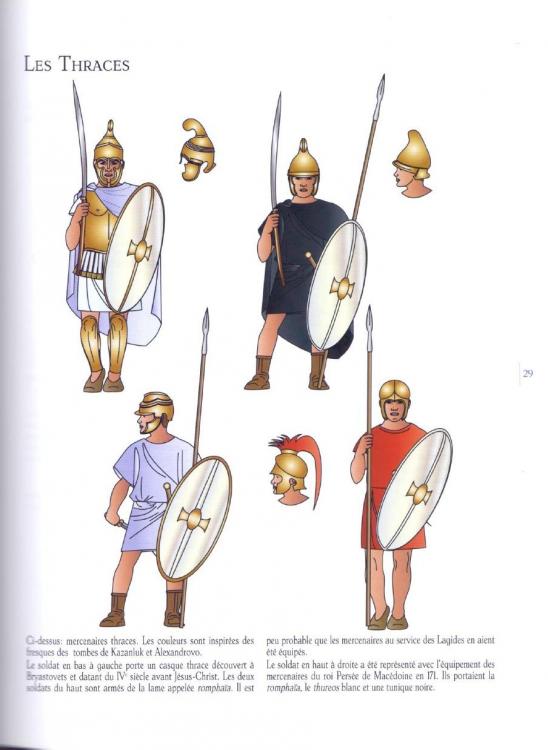
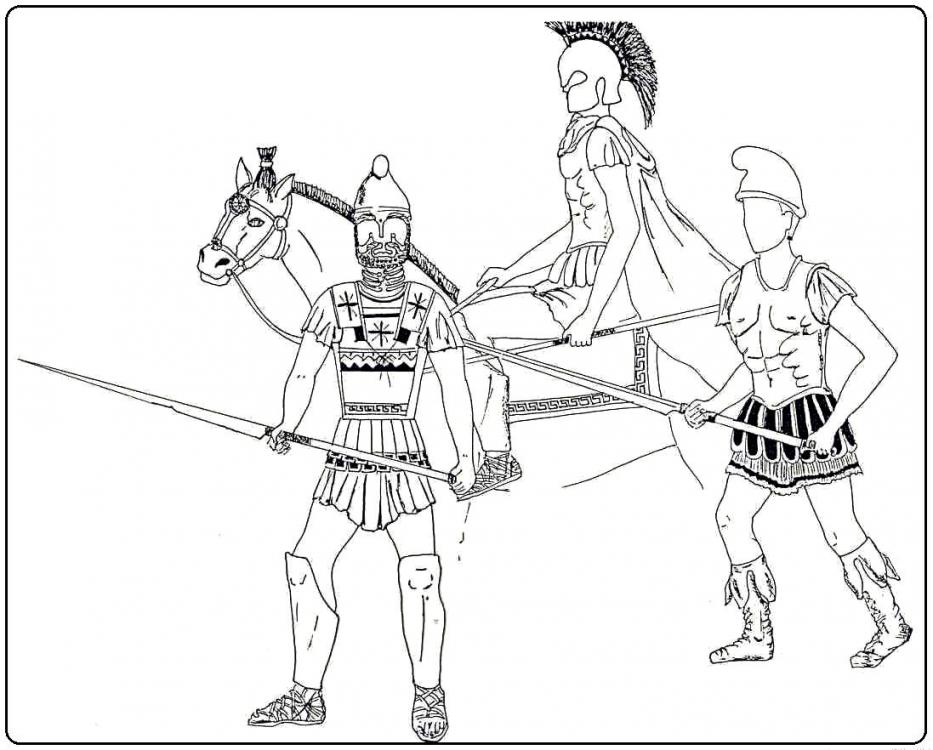
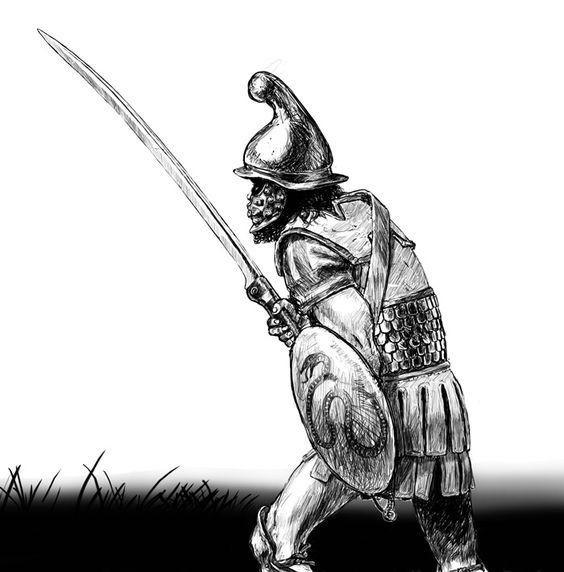
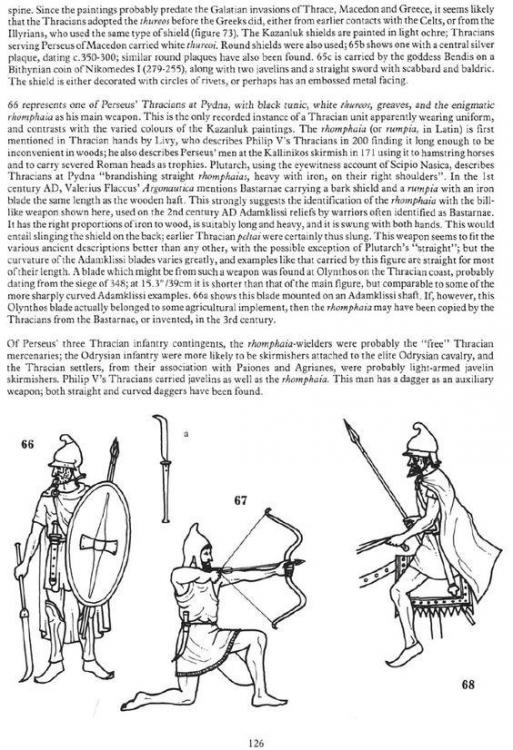
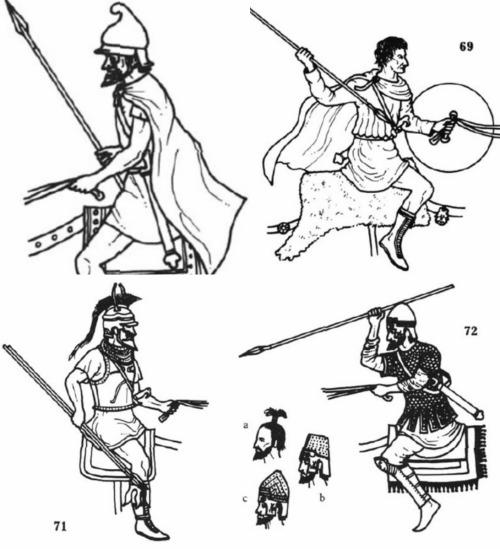
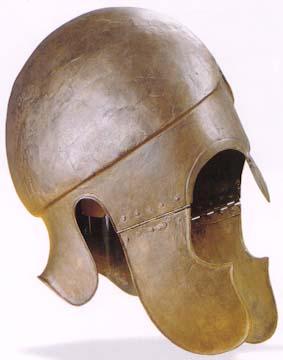
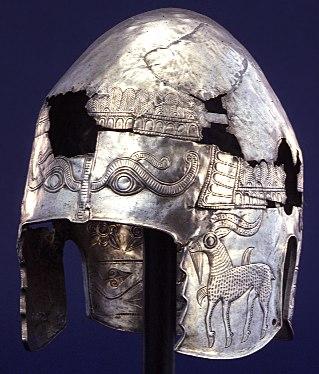
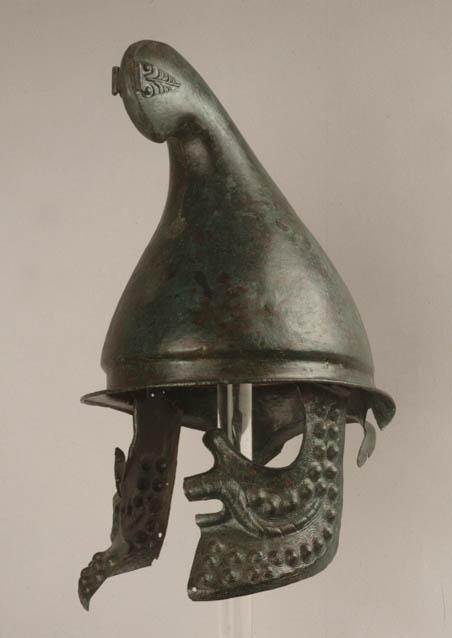
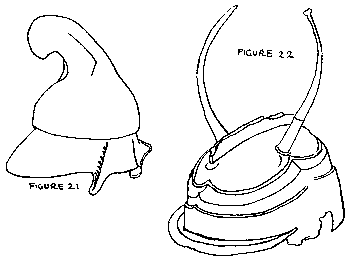
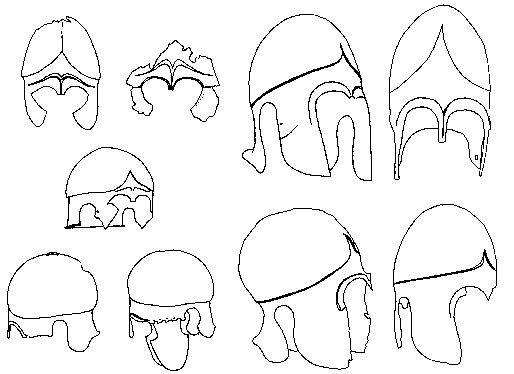
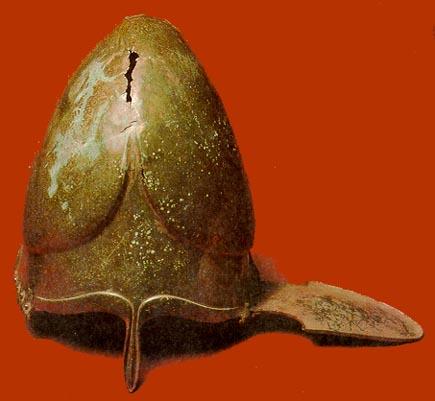
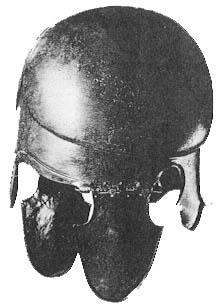
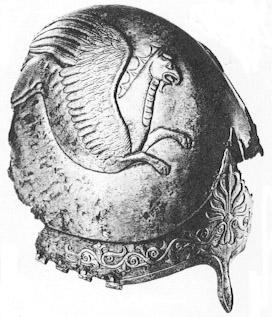
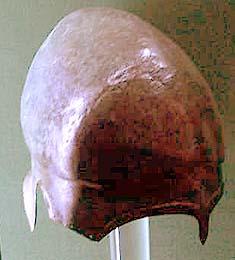
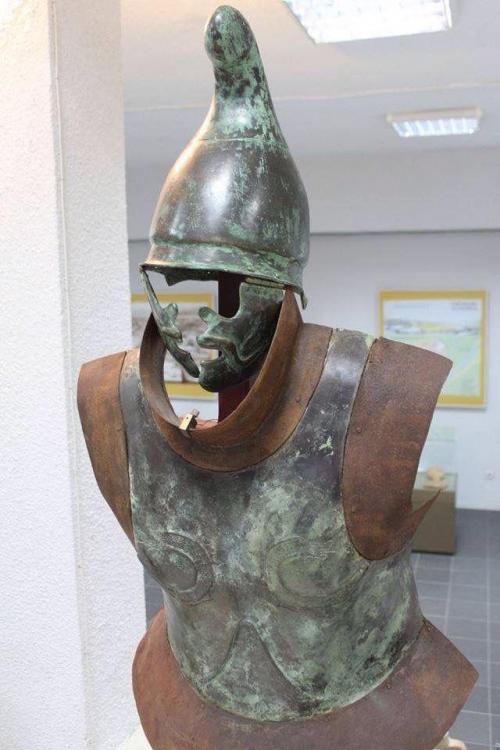

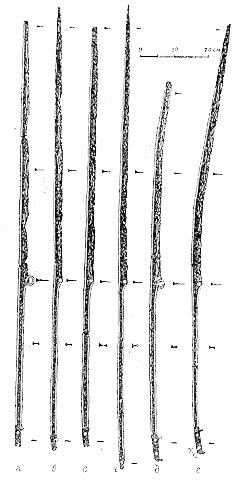

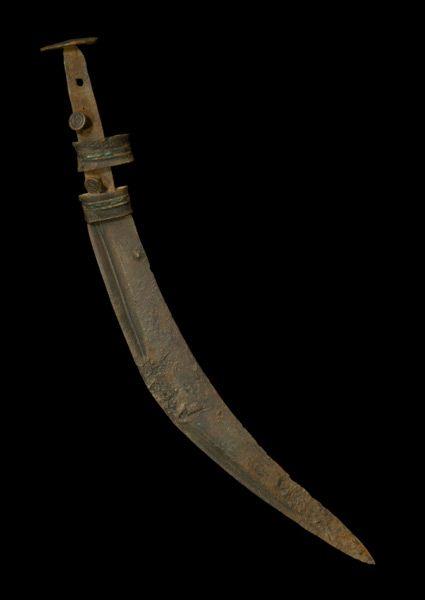
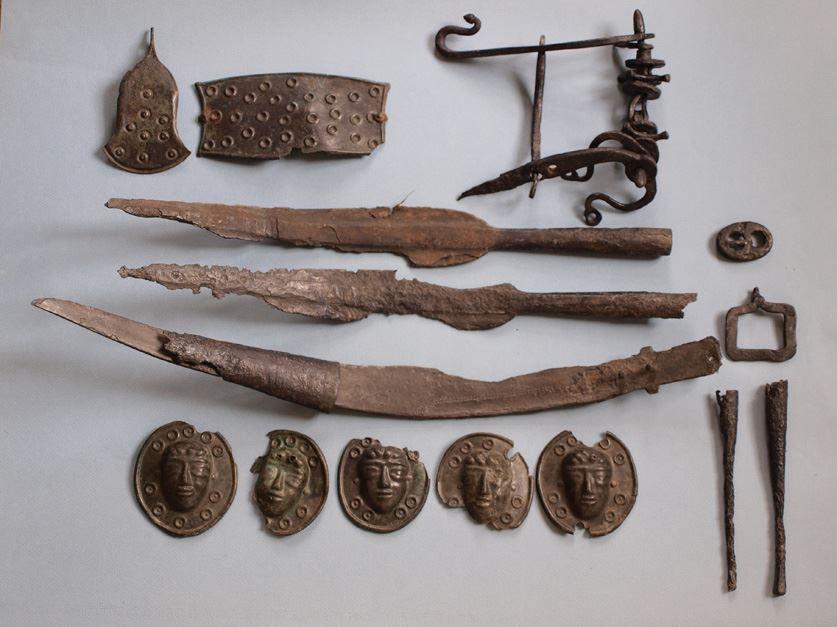
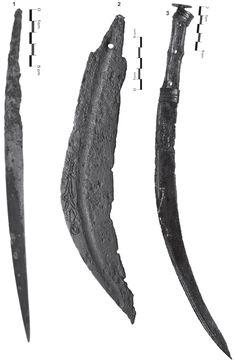

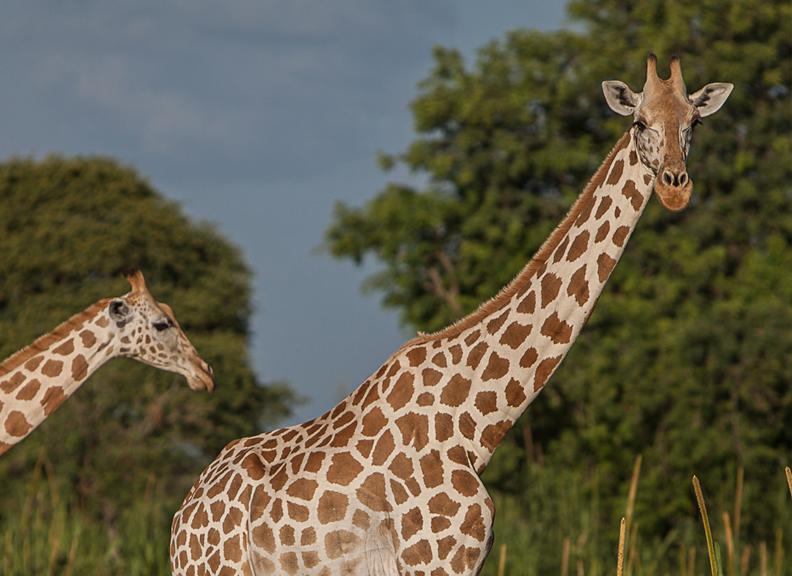

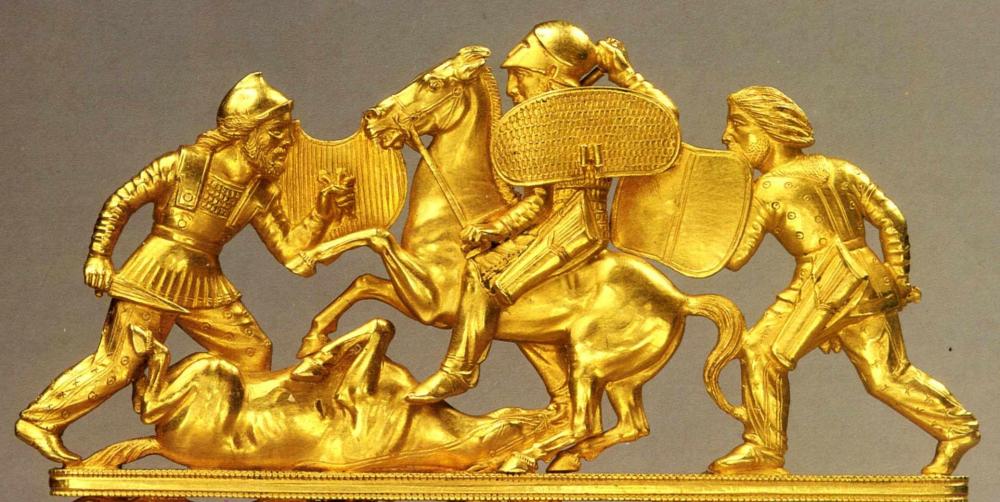
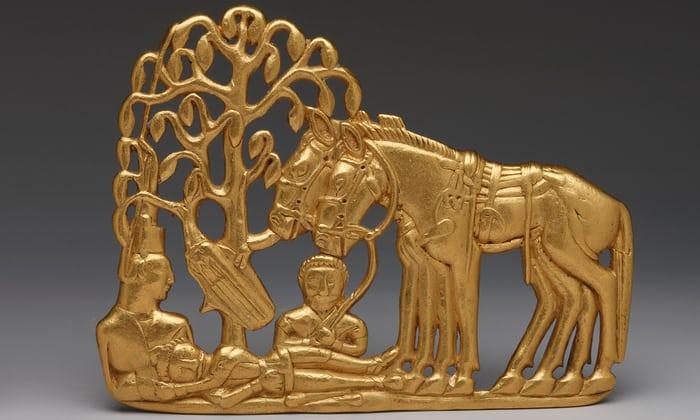
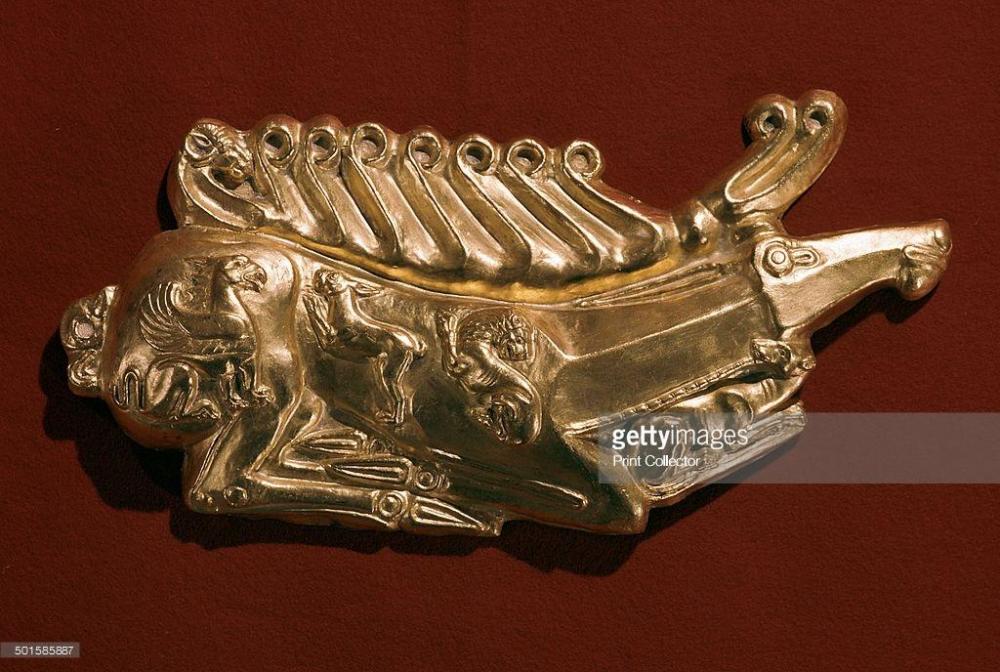
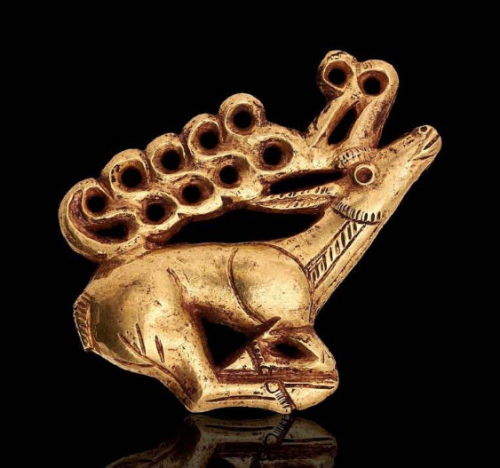
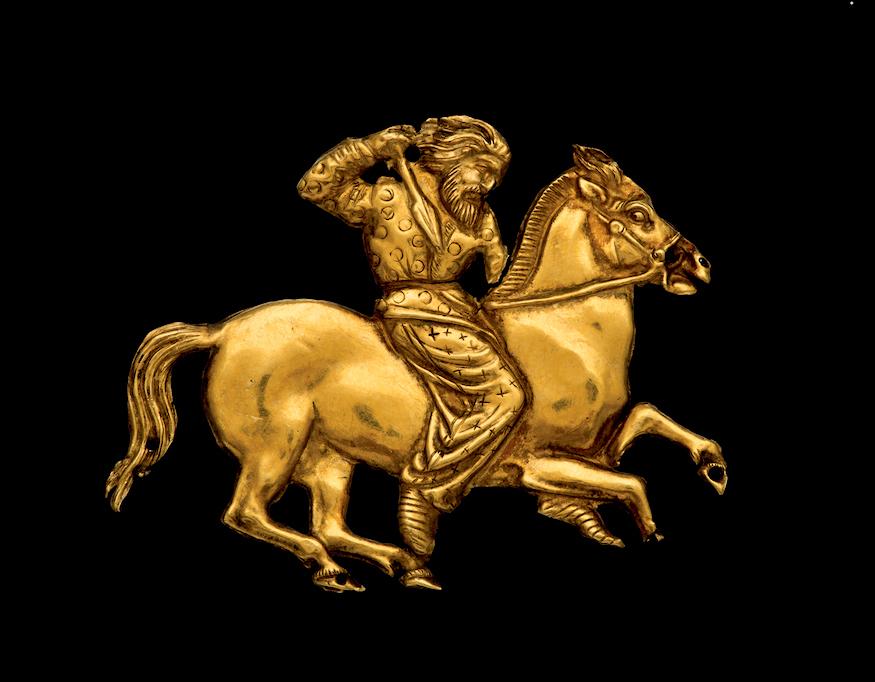
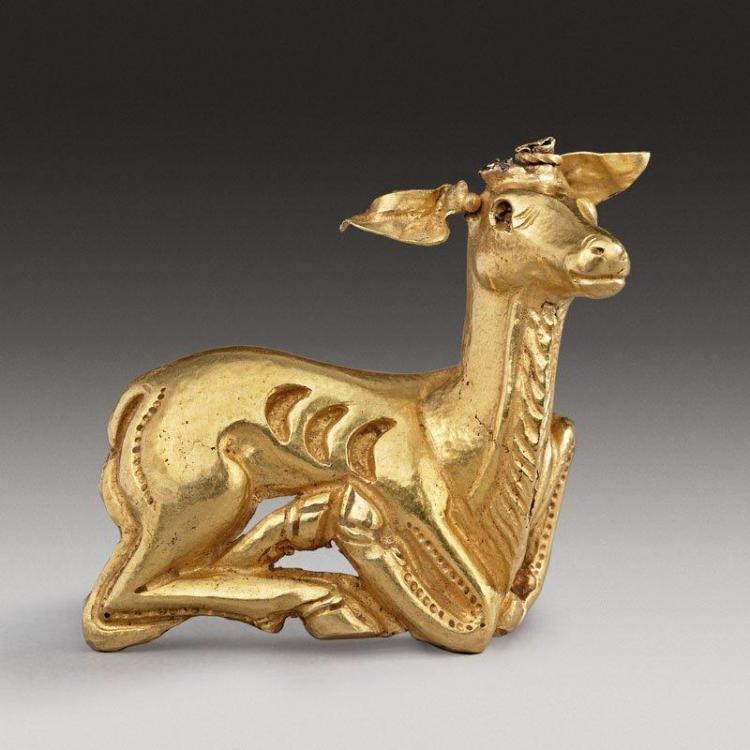
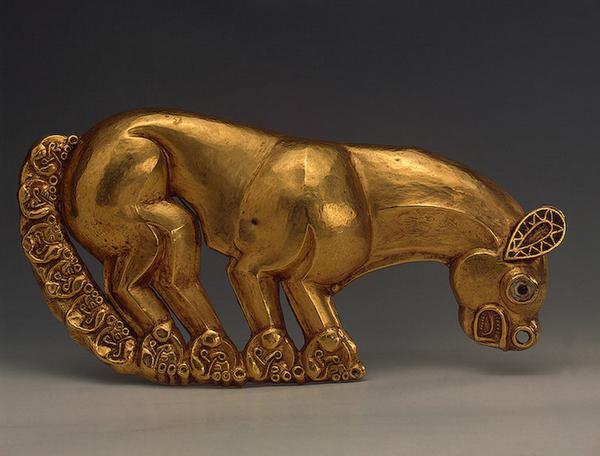
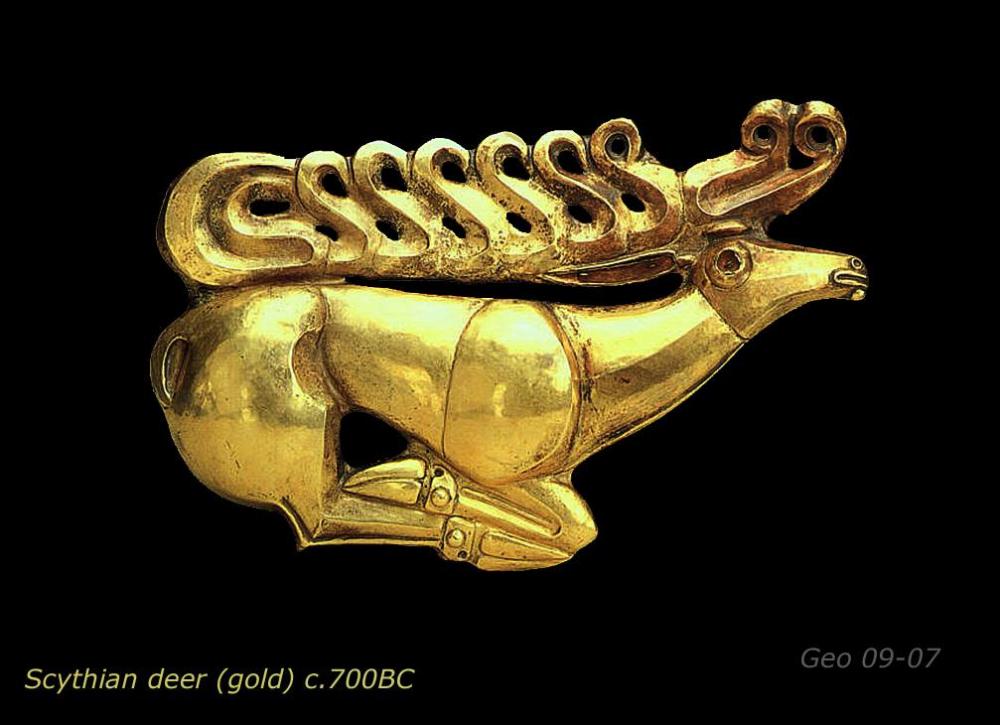
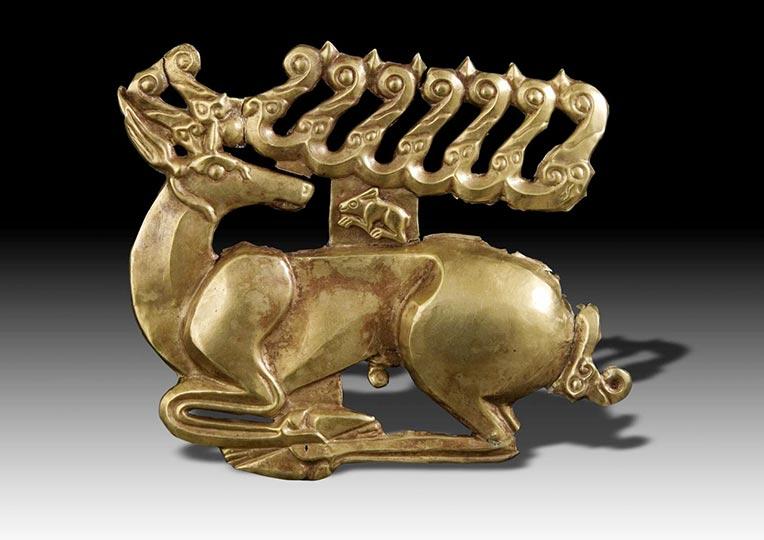
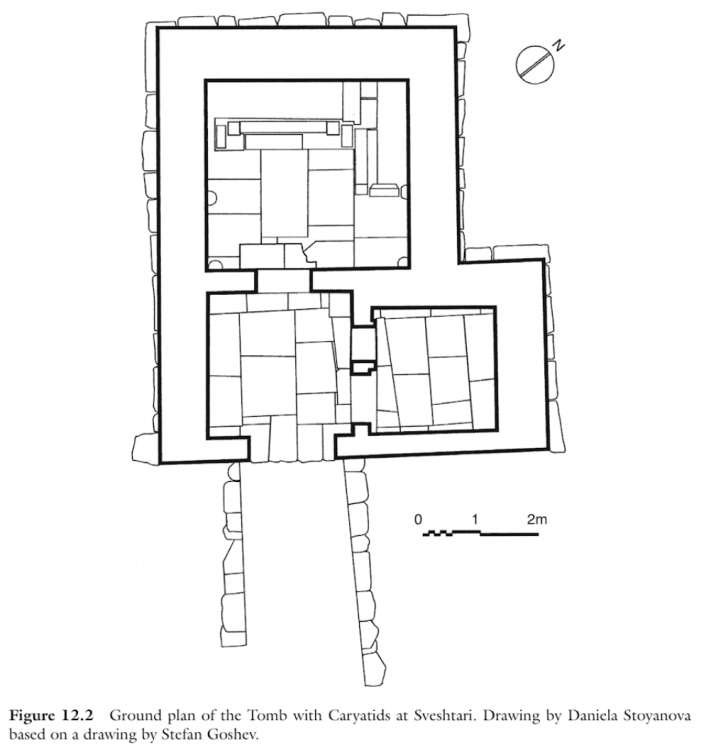
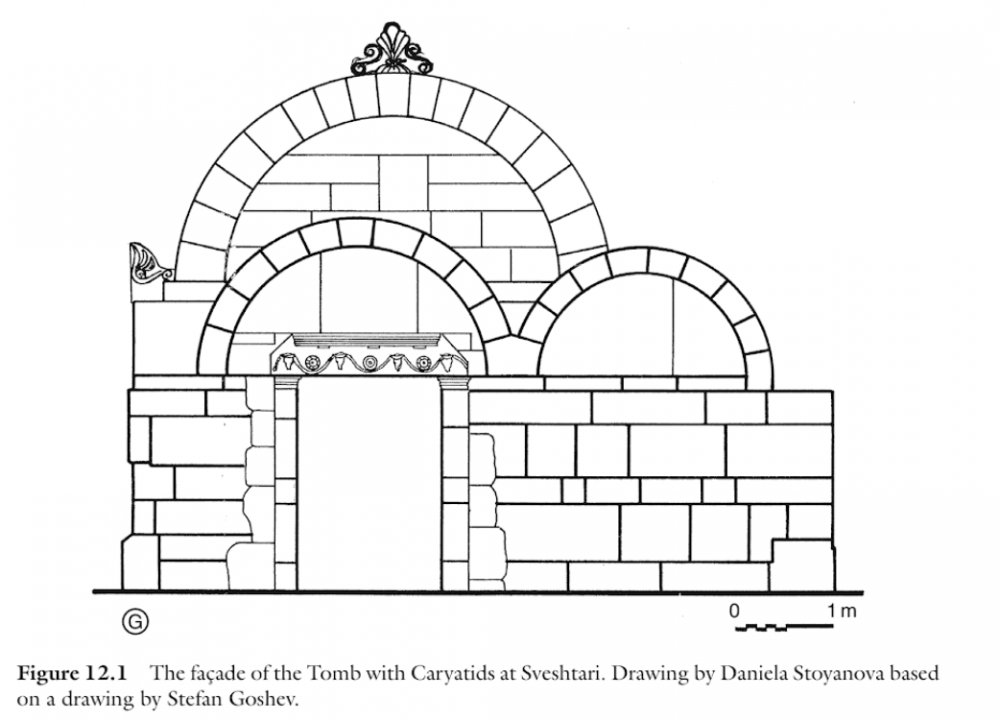
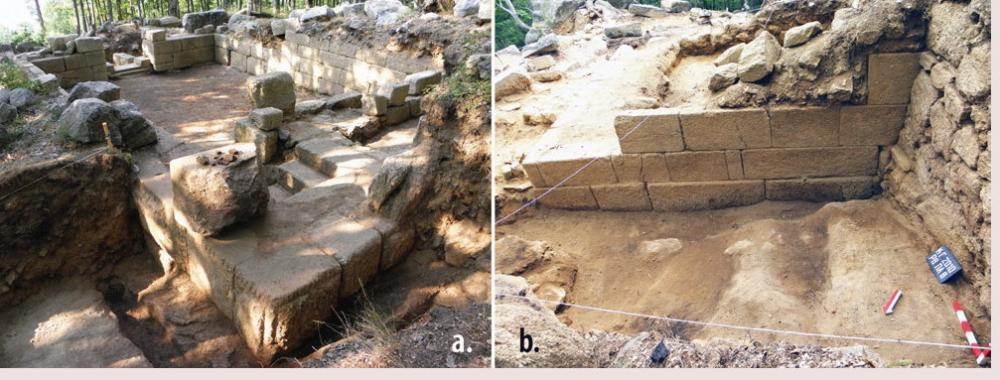
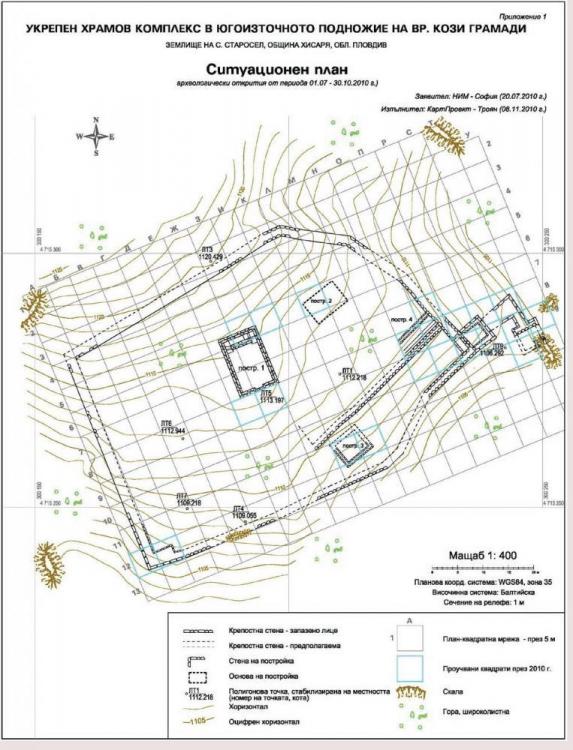
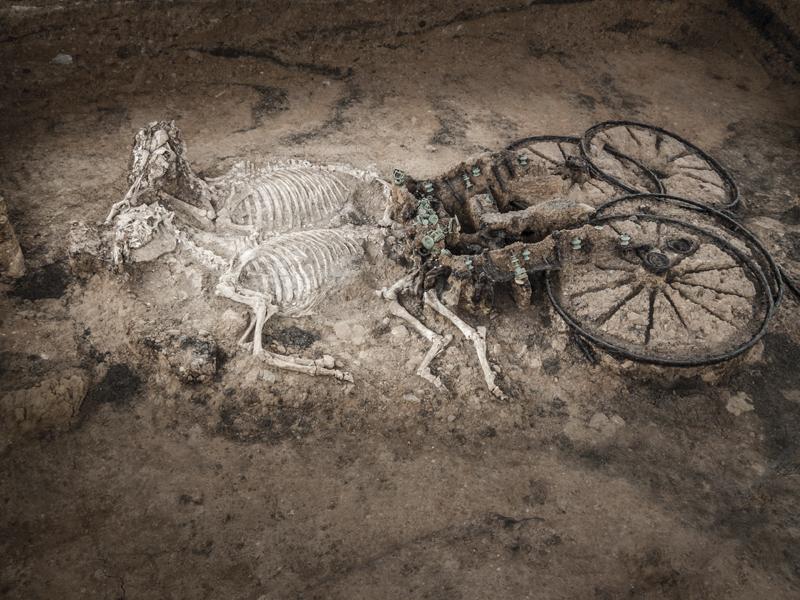
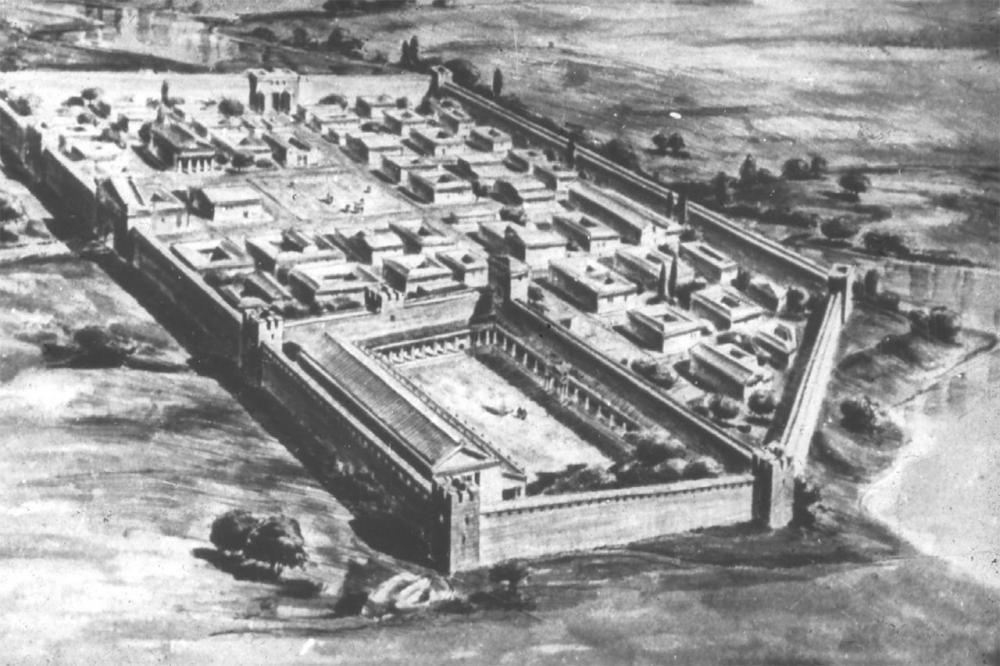
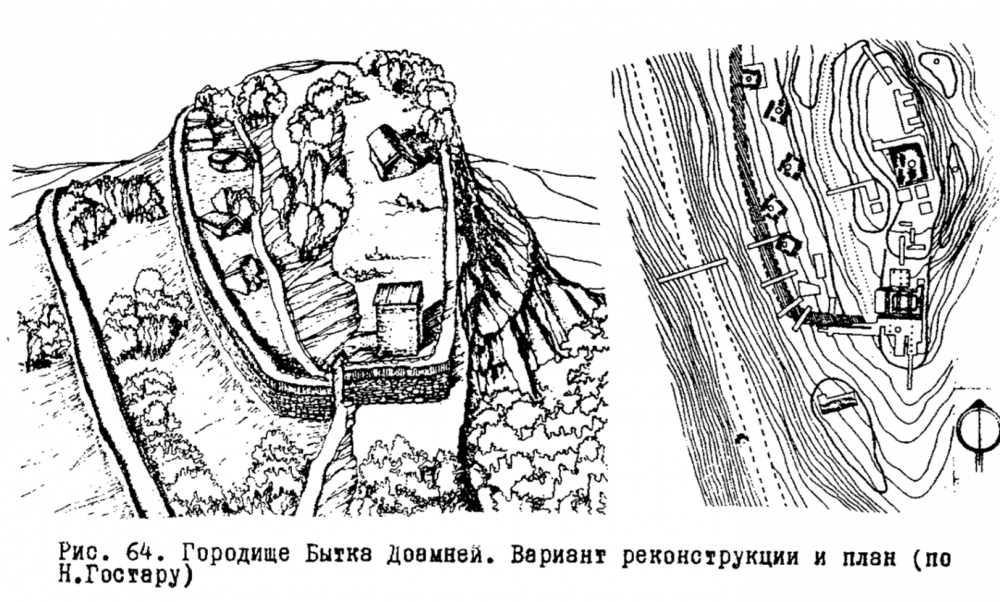
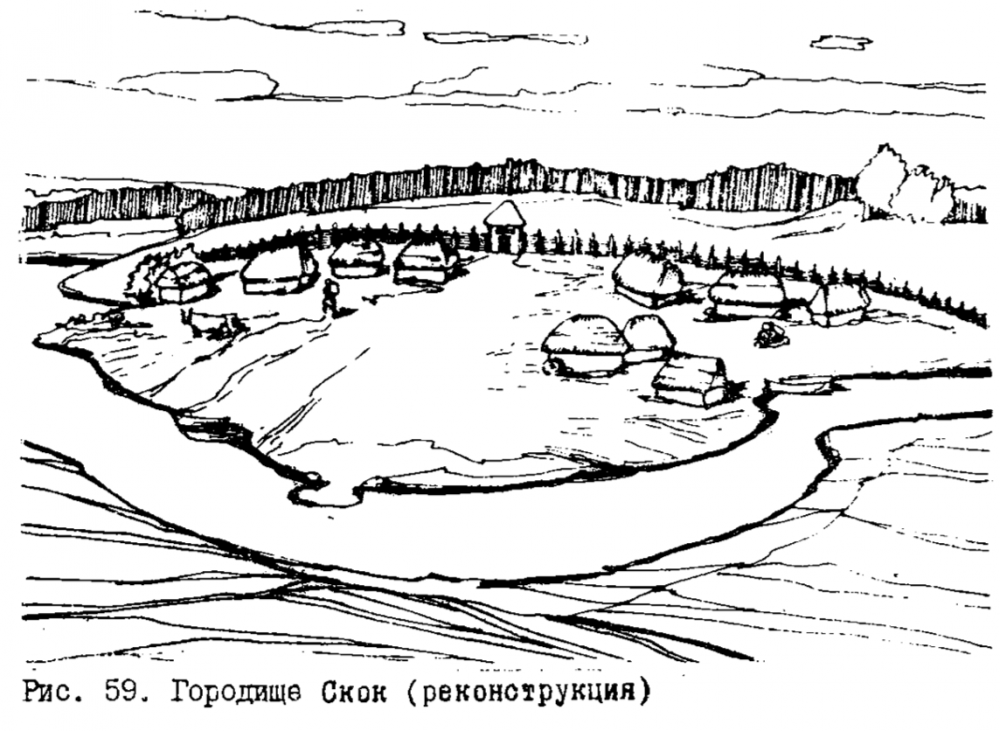
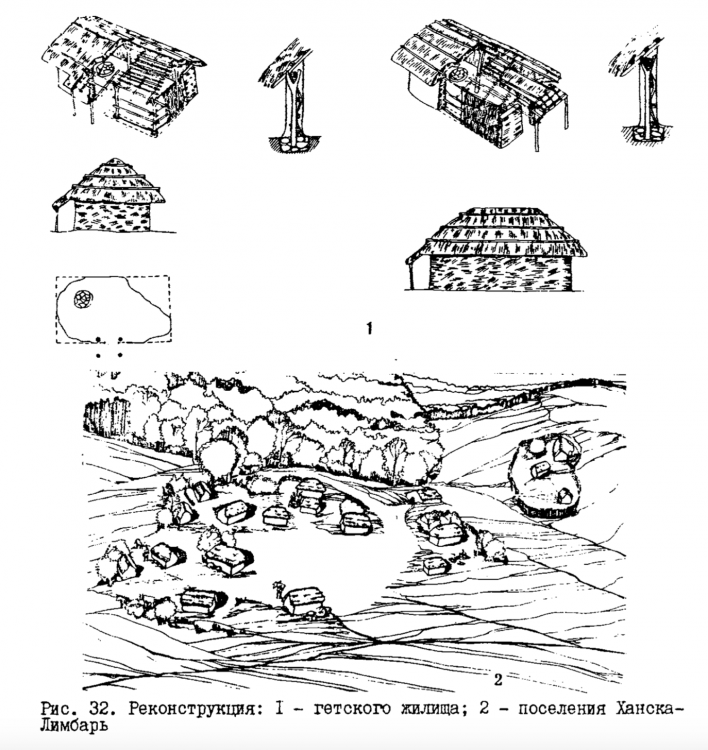
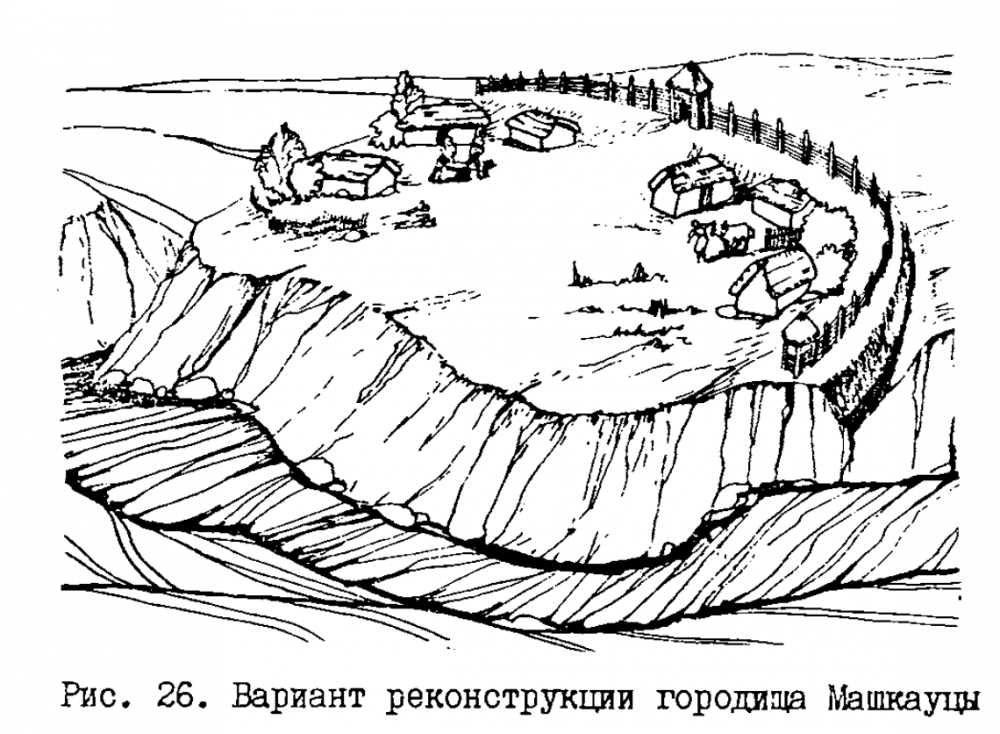
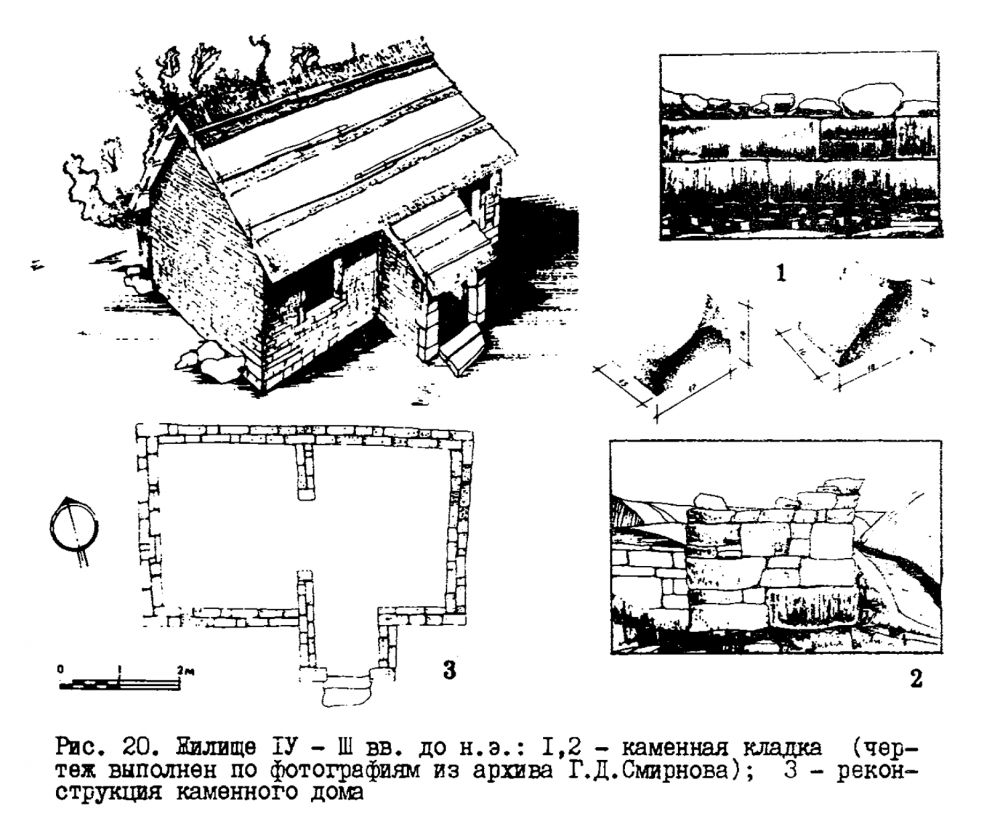
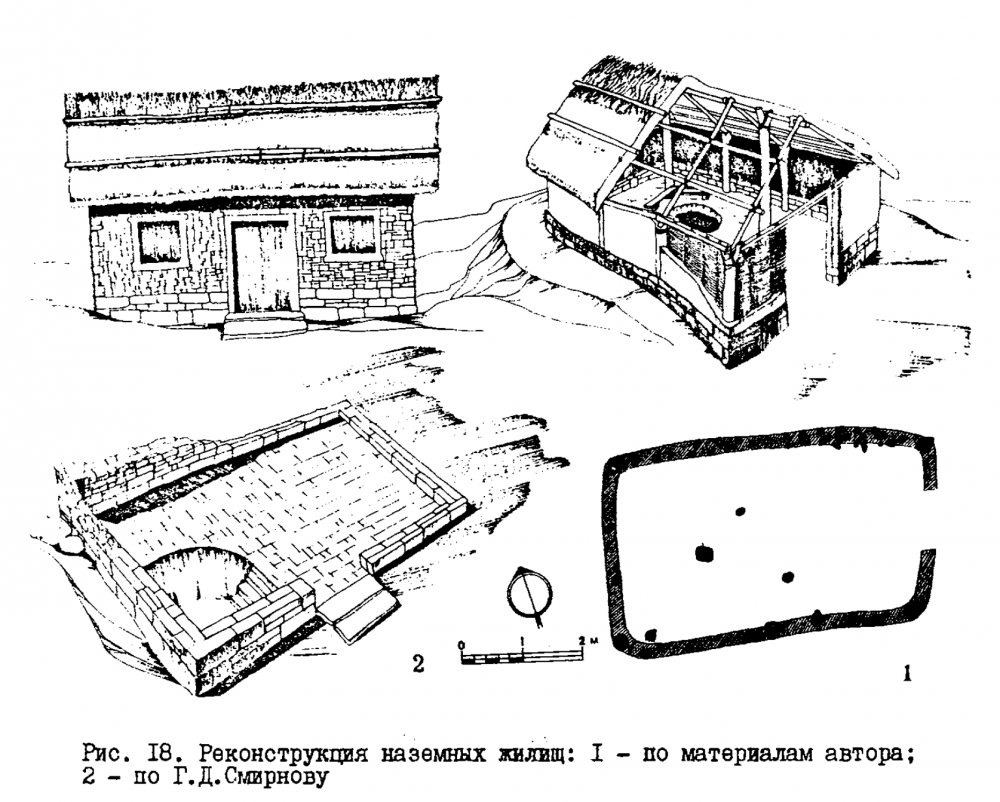
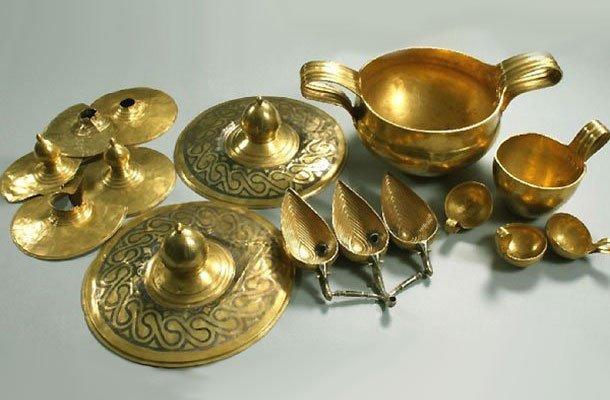
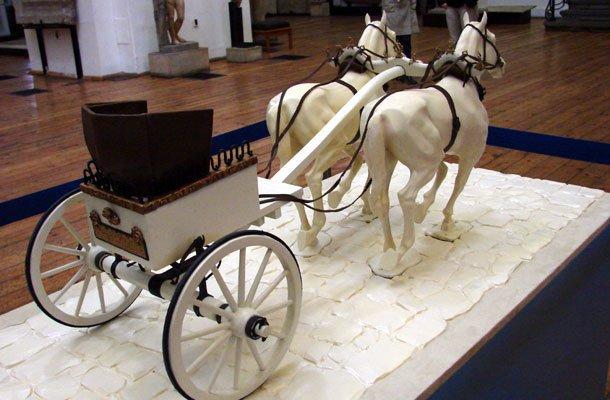
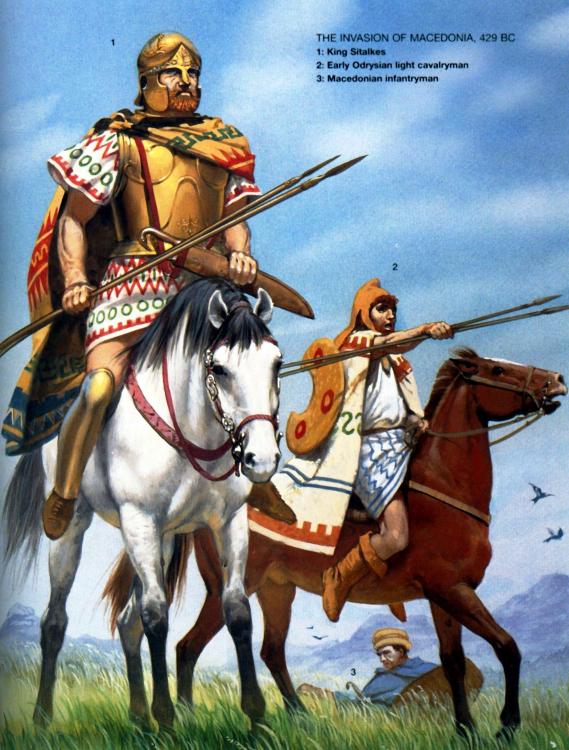
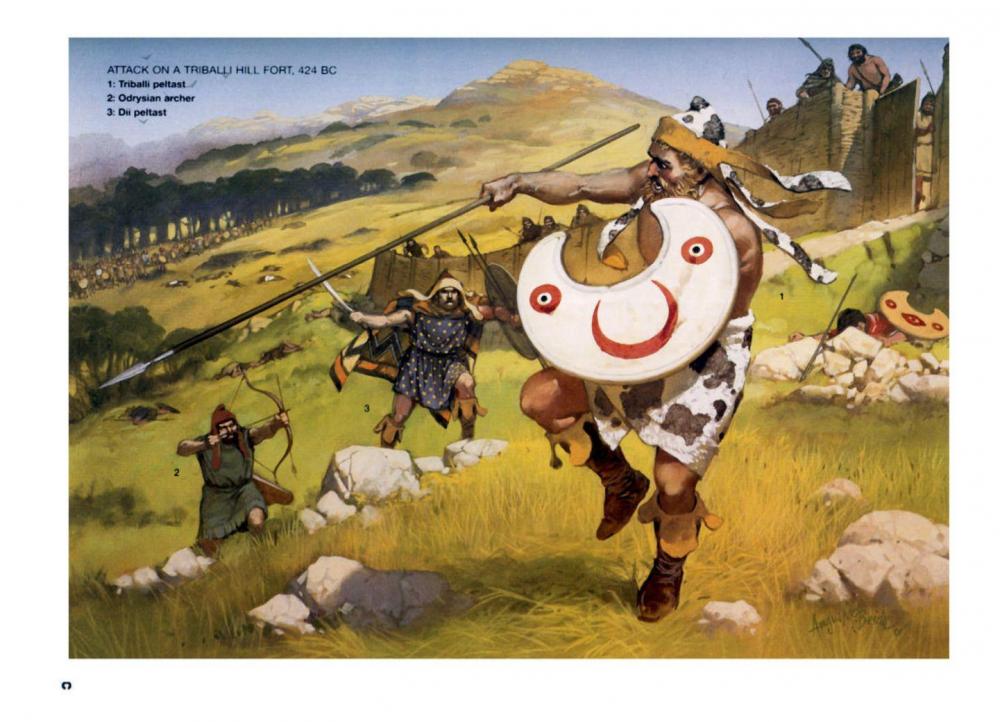
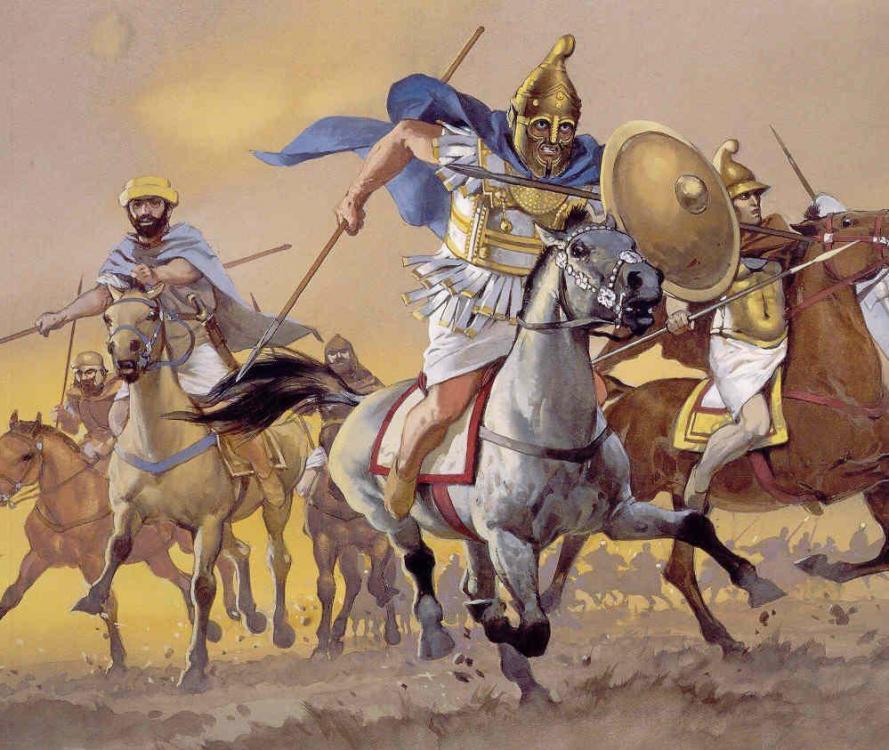
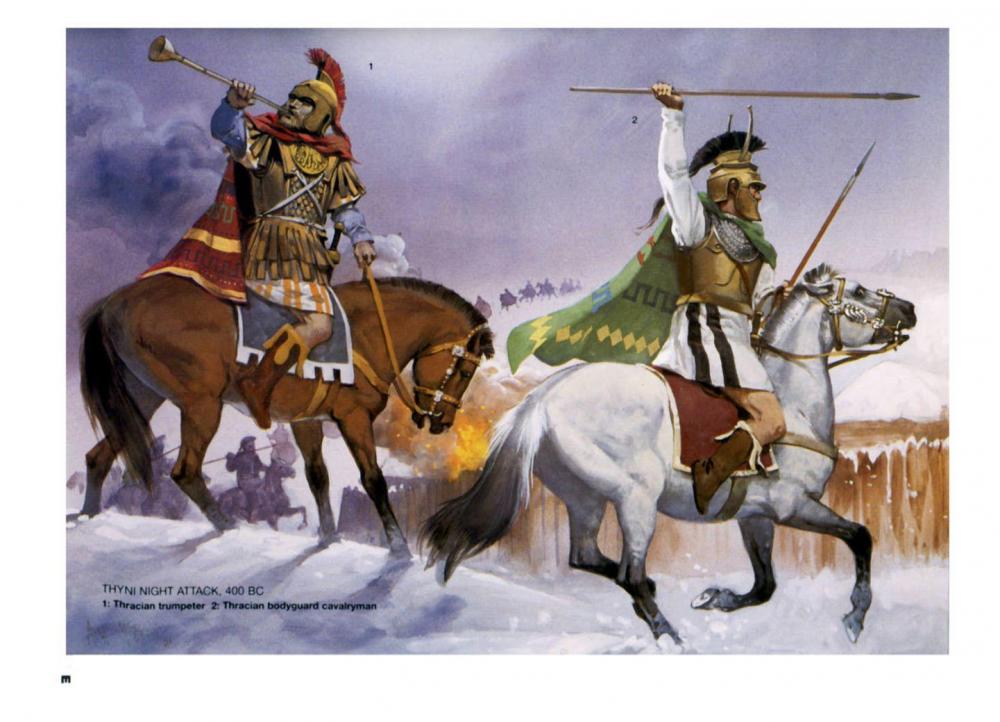
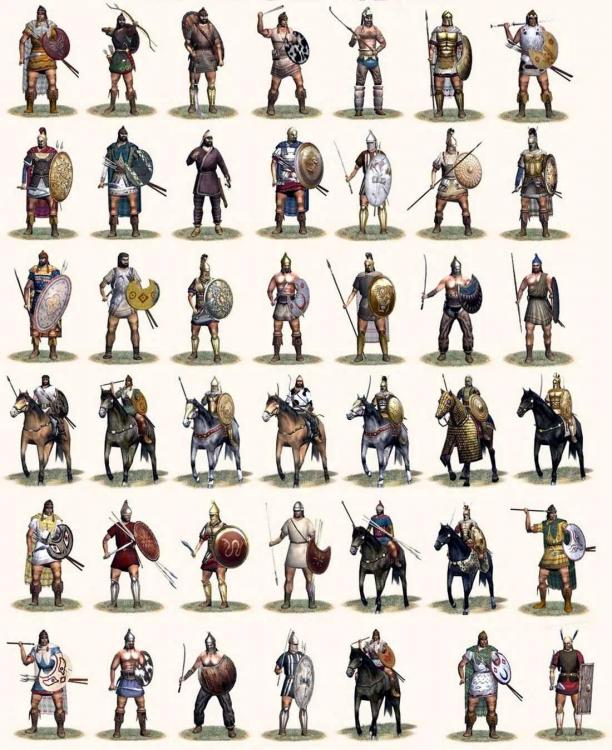
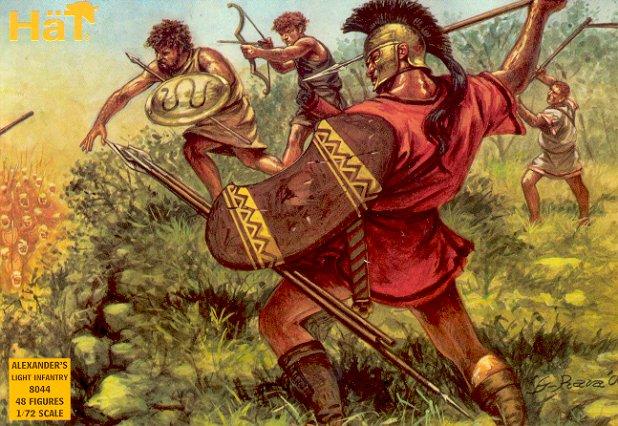
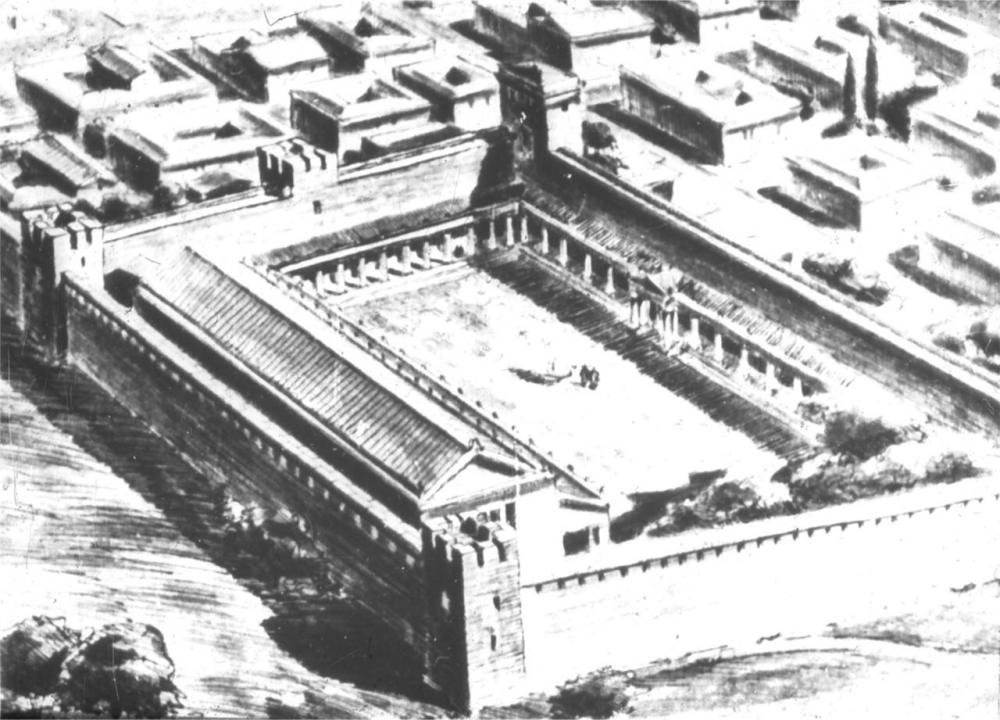
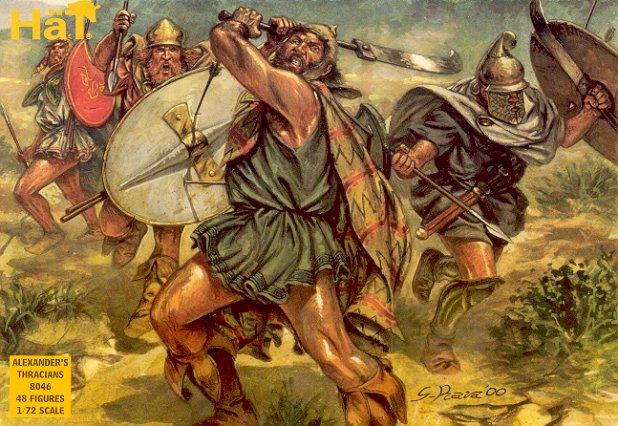
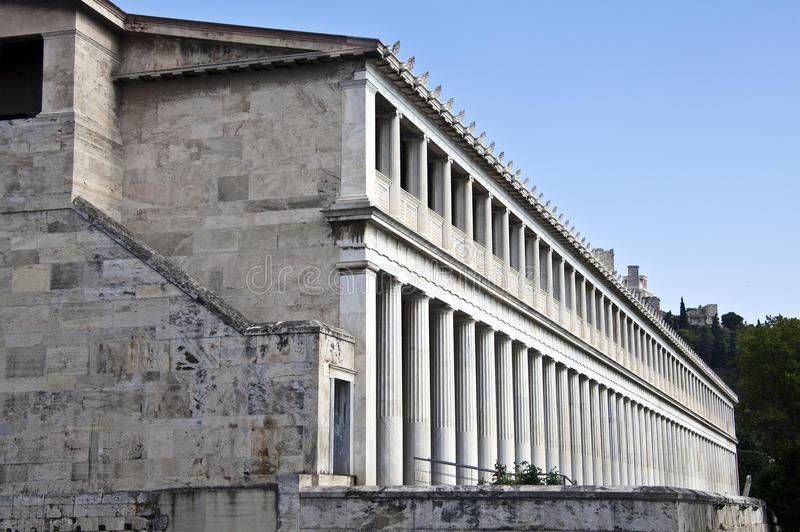
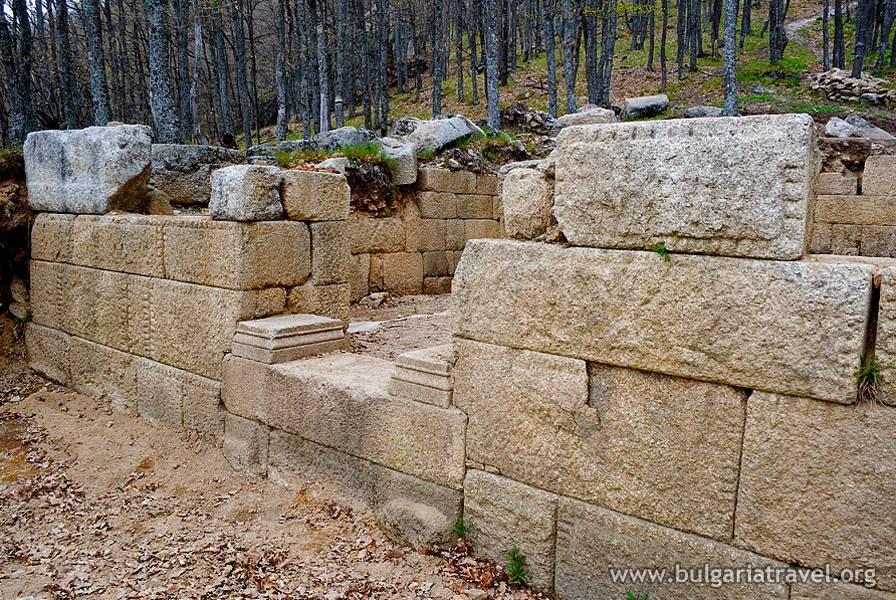
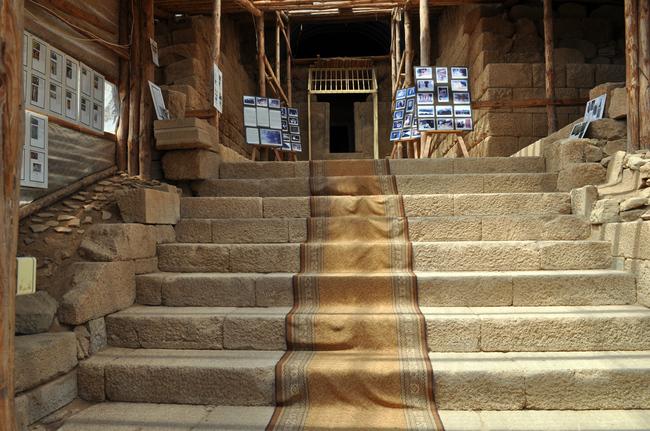
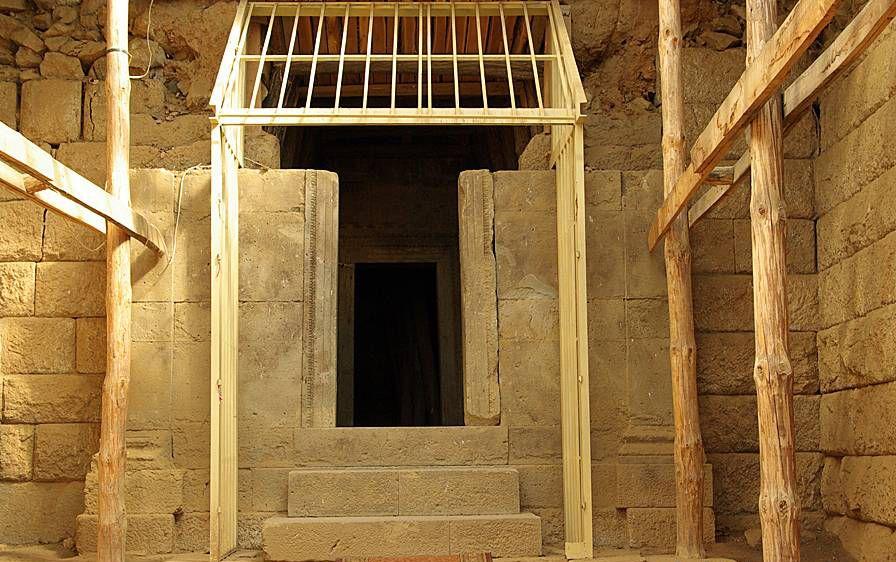
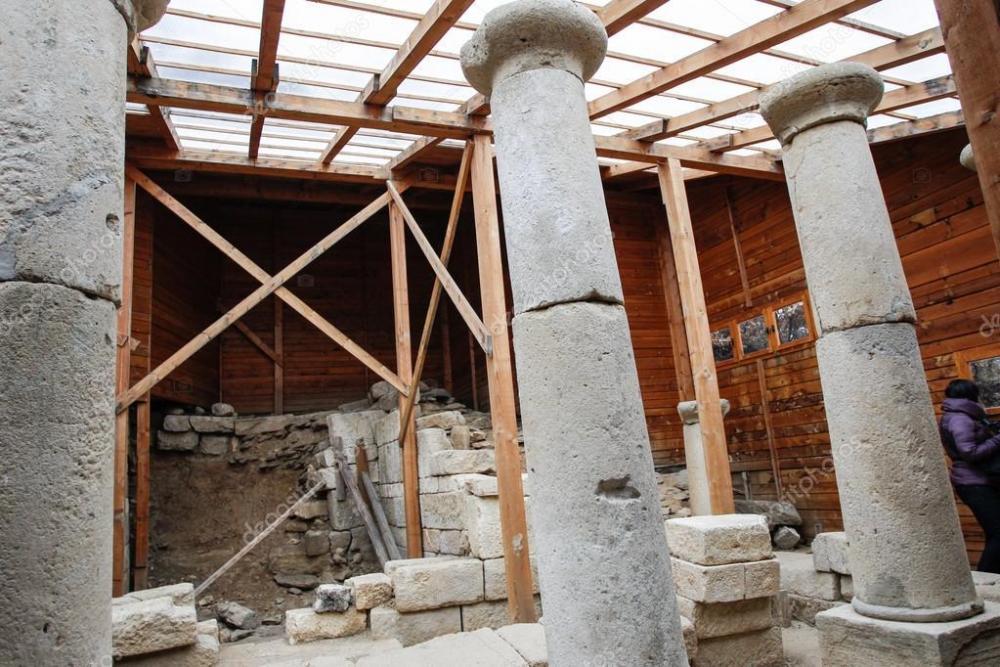
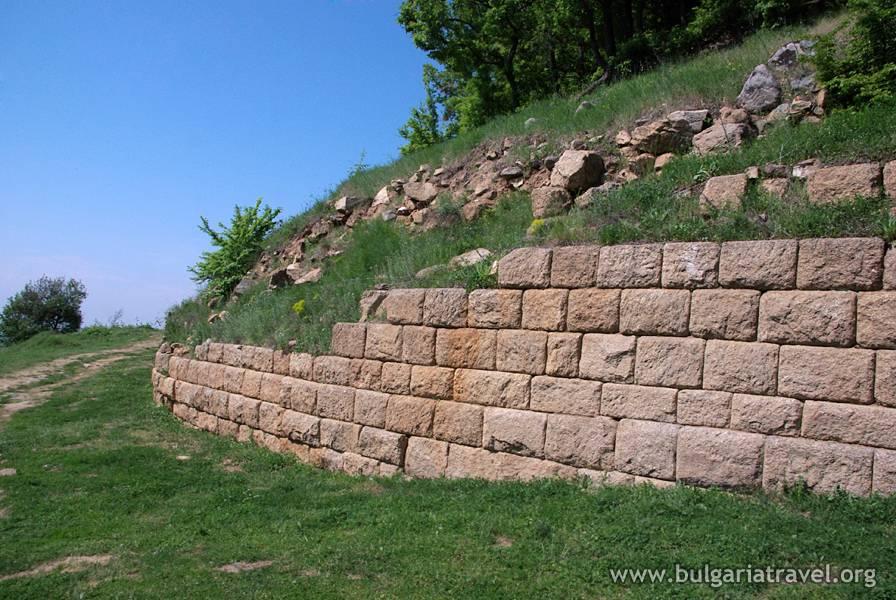
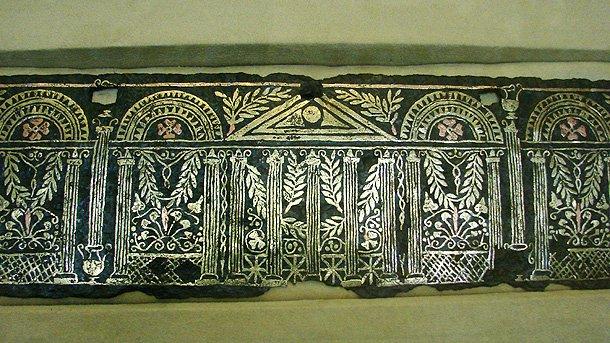
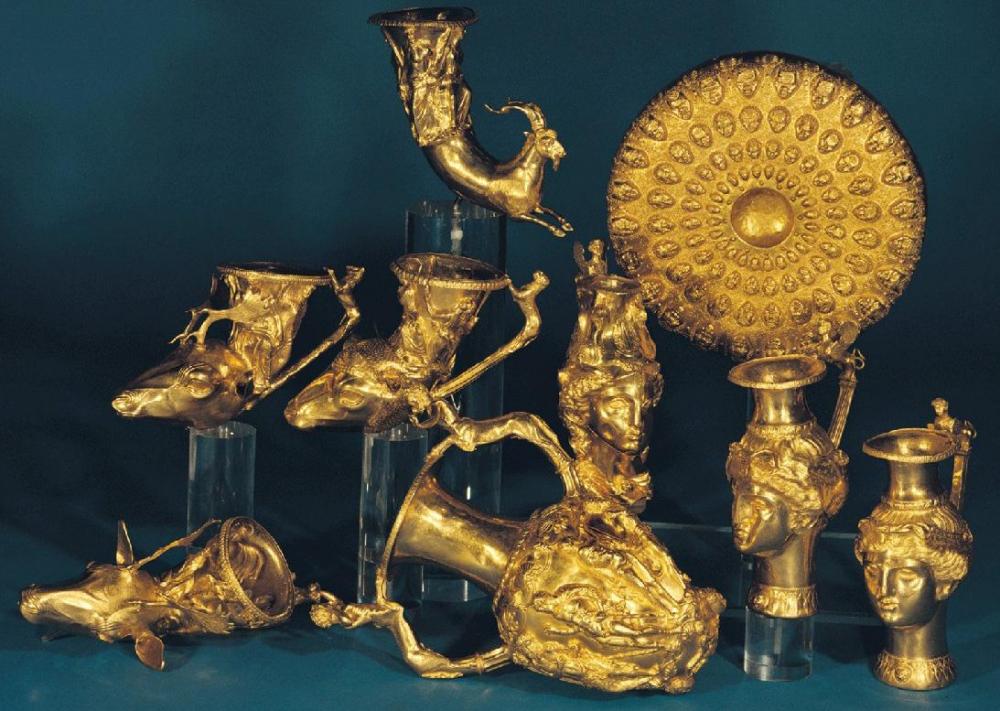
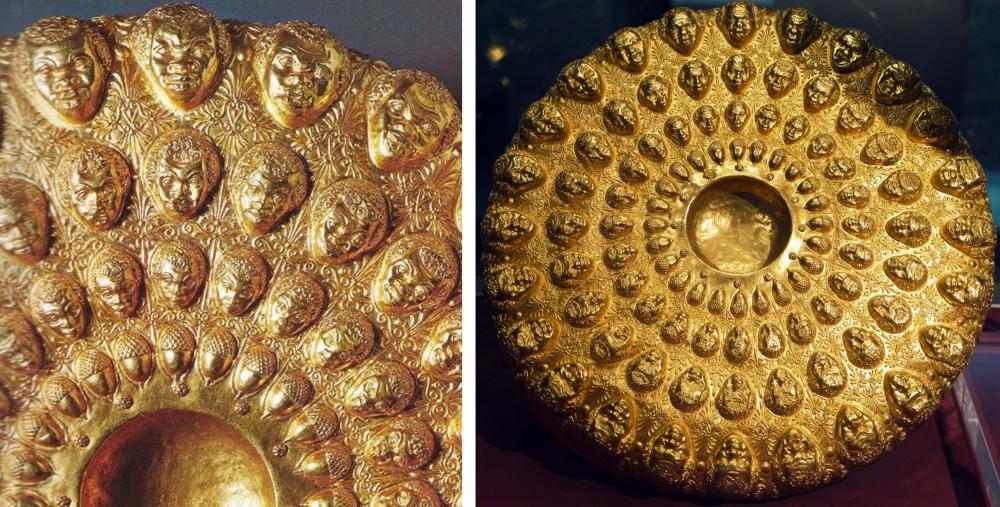

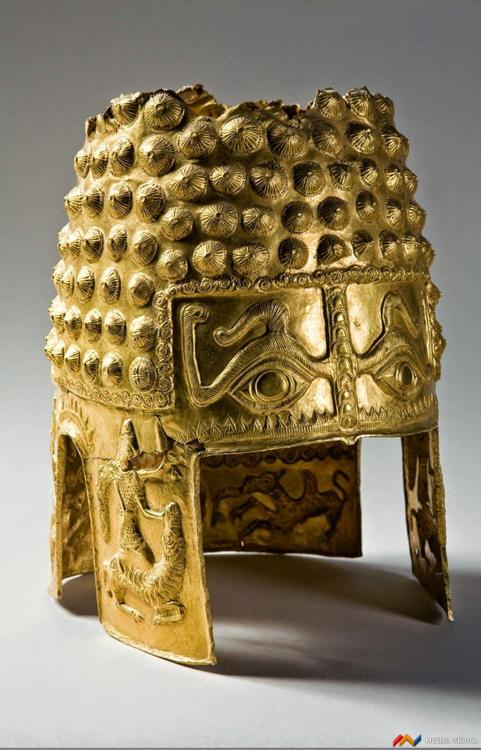
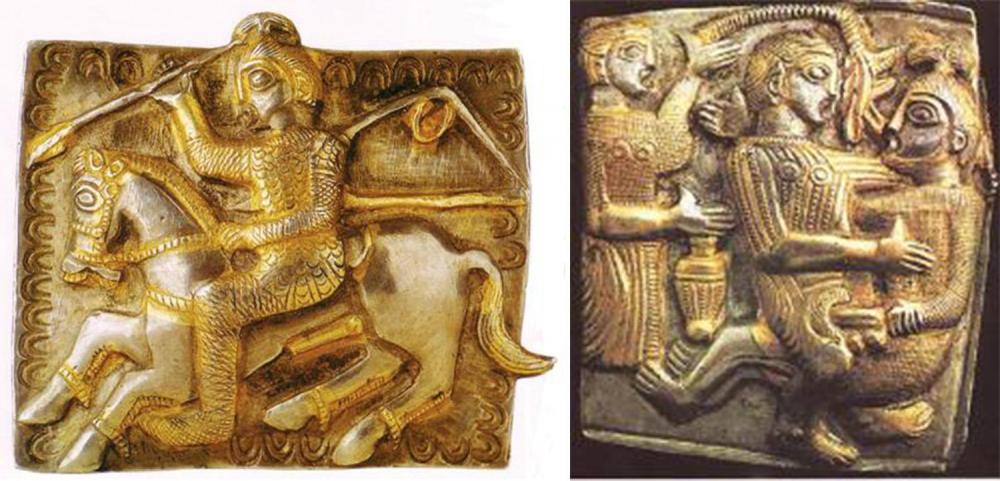
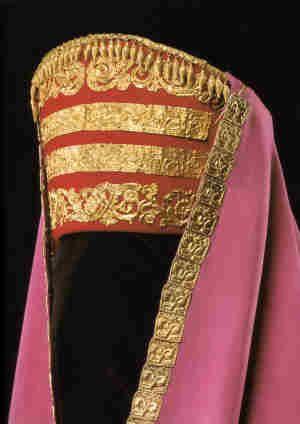
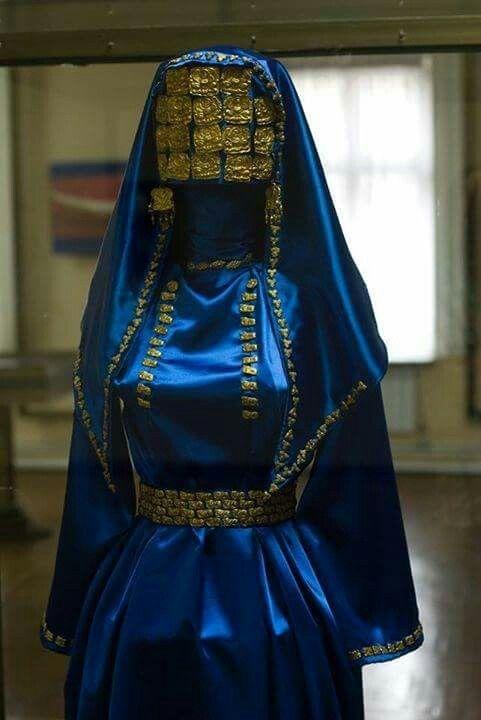
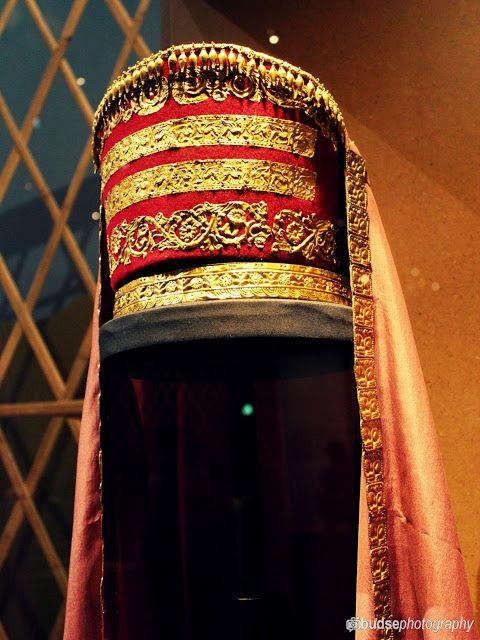
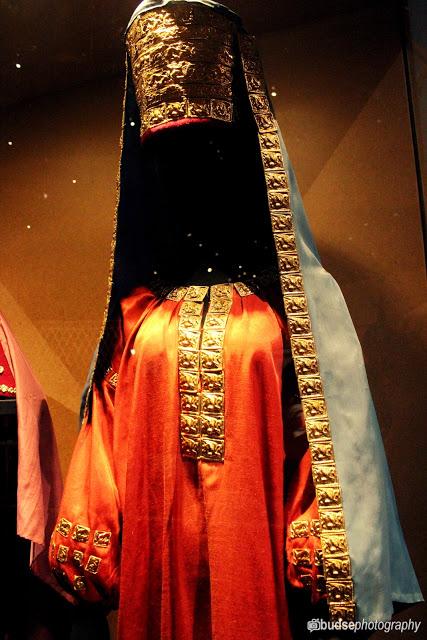
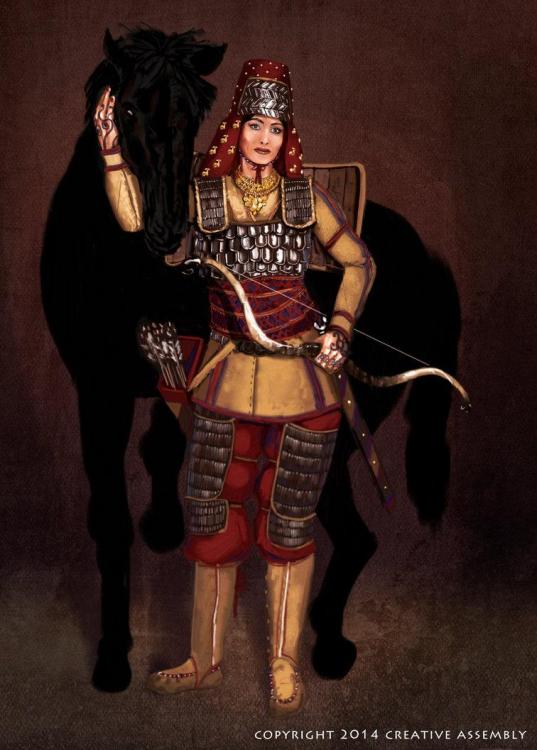
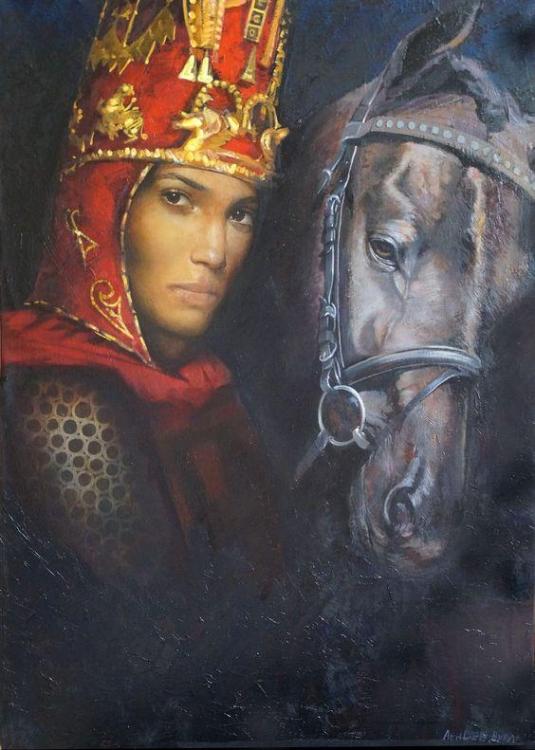
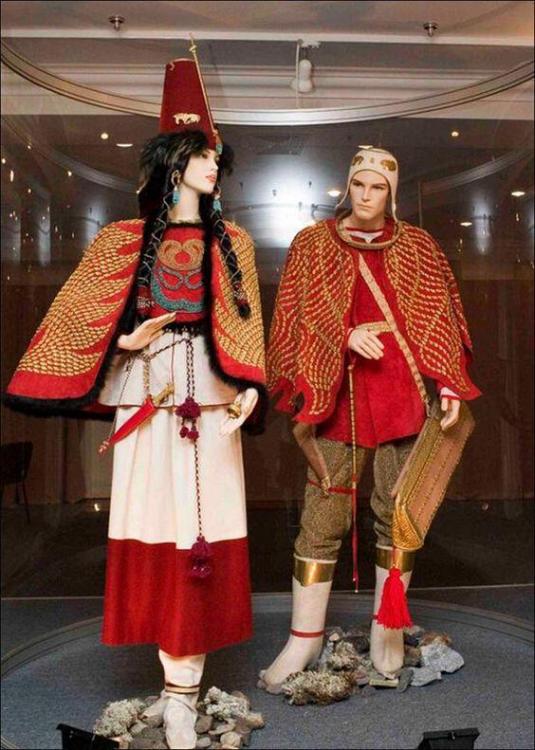
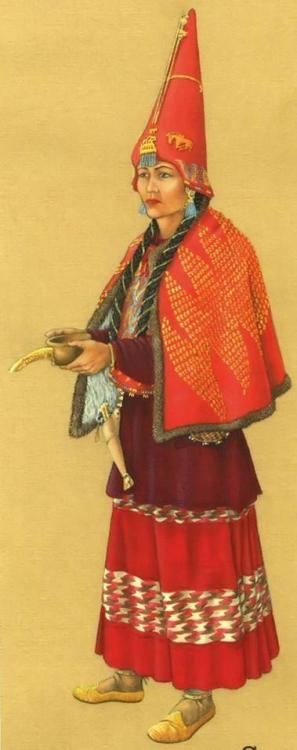
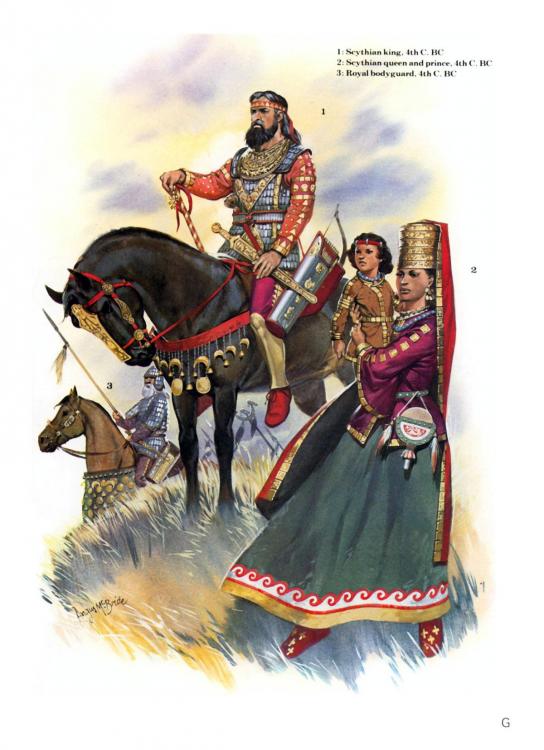
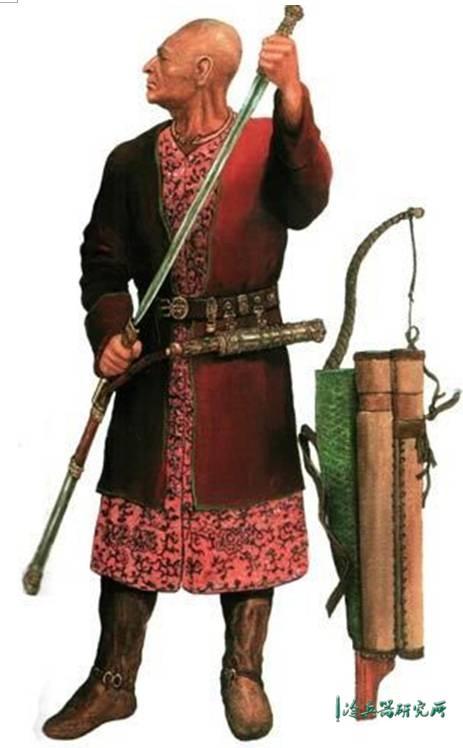
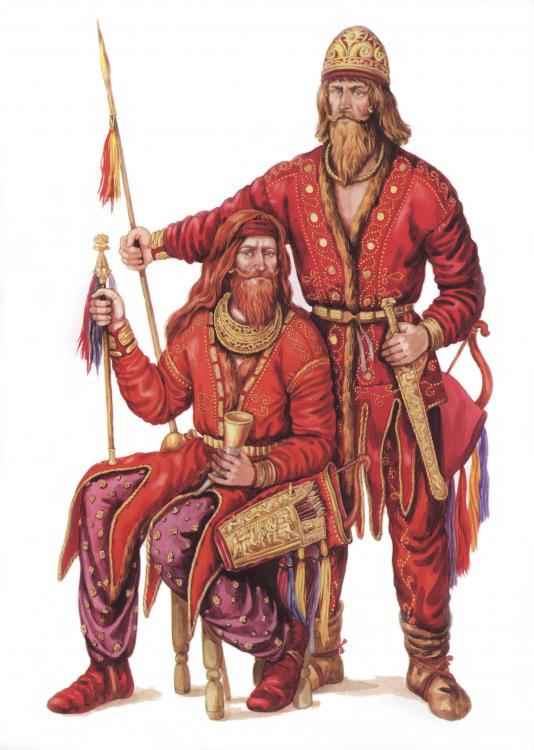
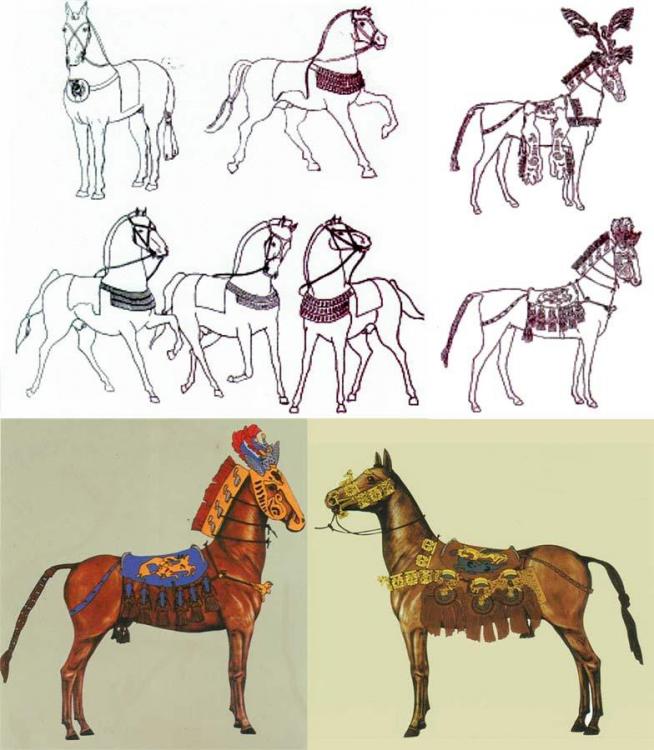
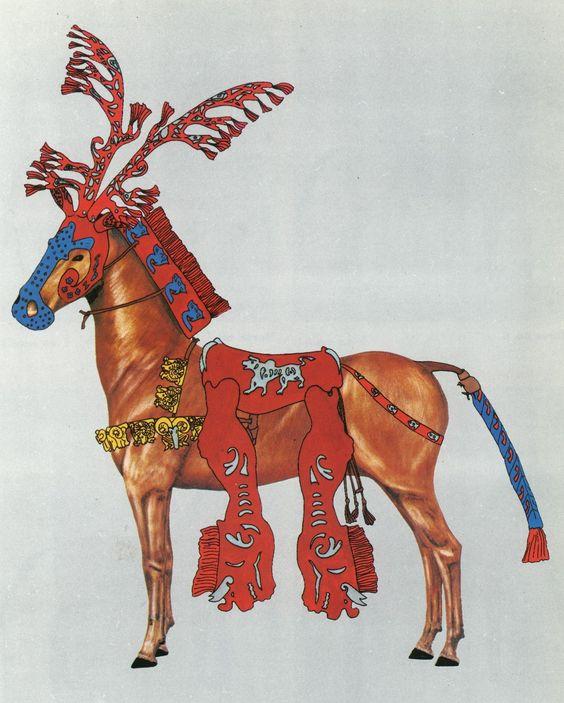
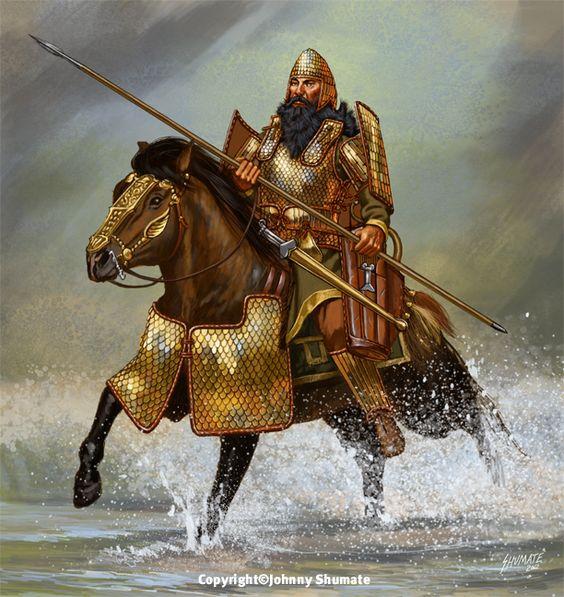
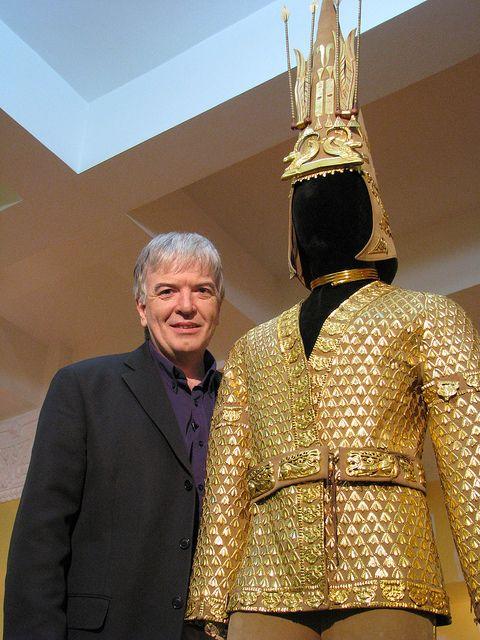
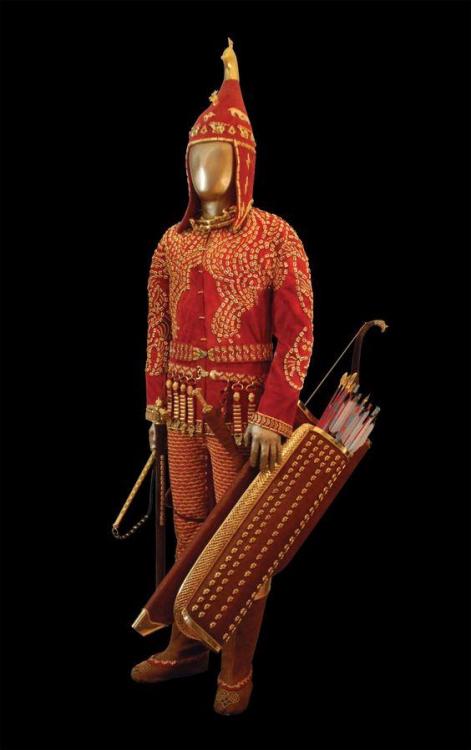
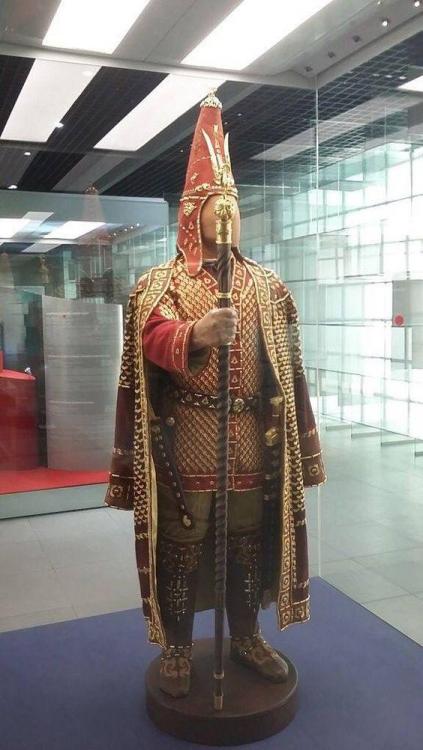
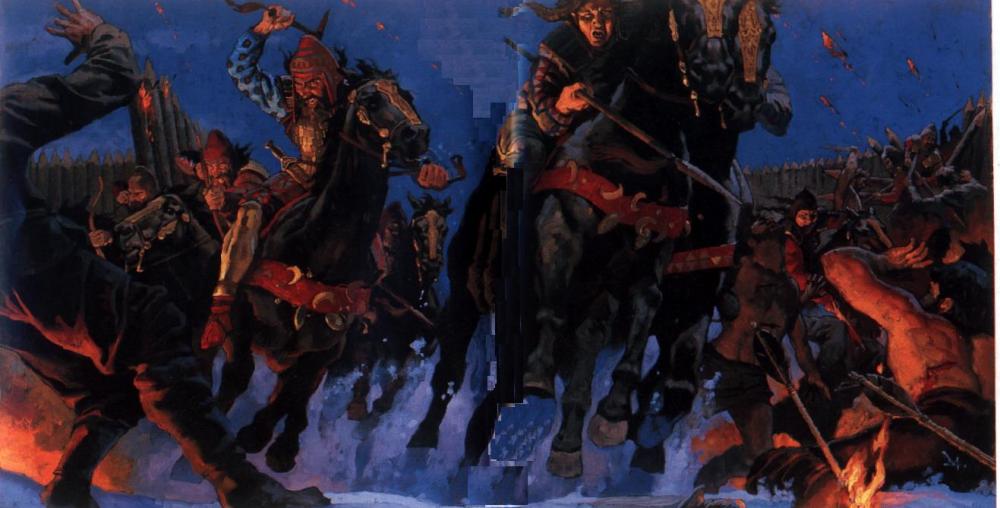
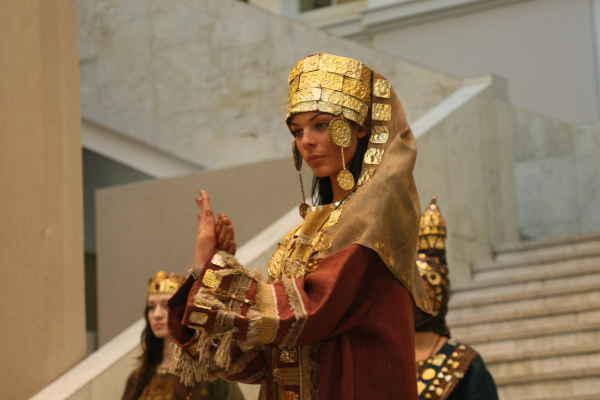
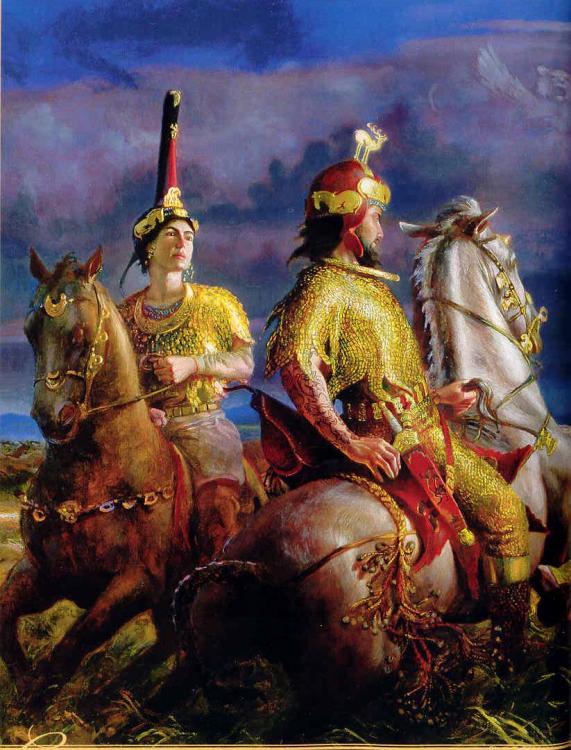
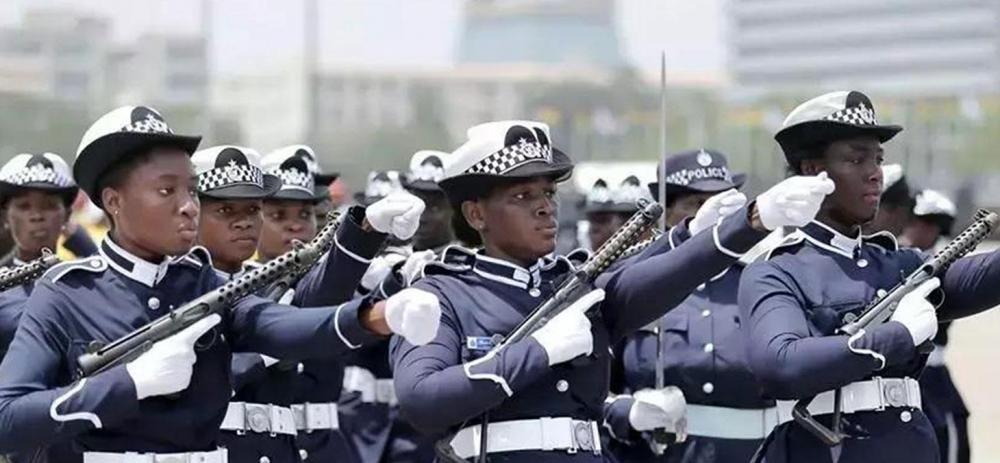
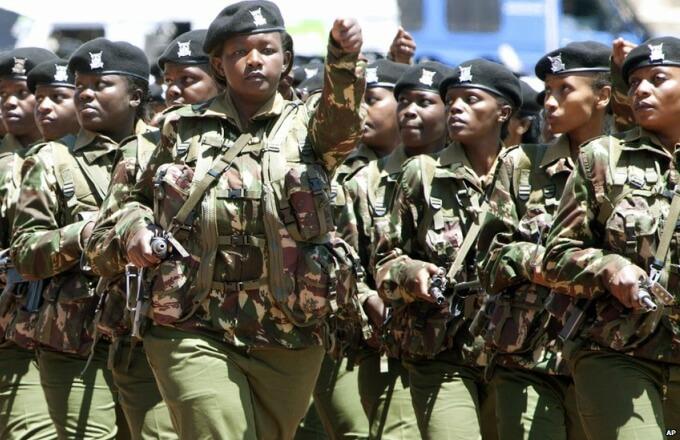
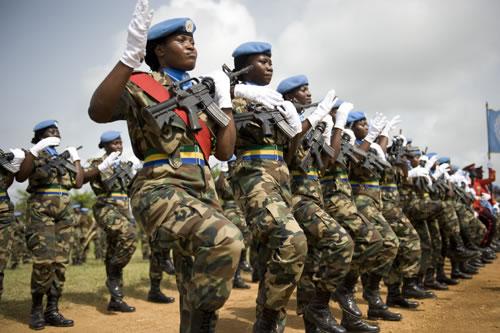
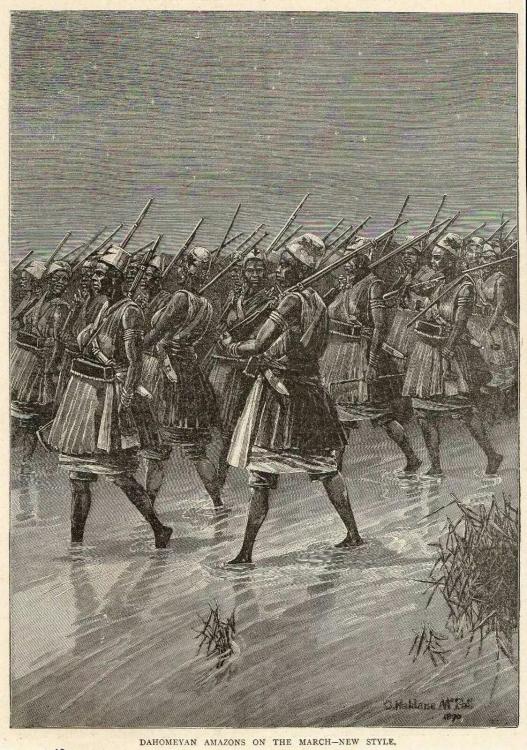
._-_The_veteran_amazones(_AHOSI_)_of_the_Fon_king_Bhanzin_Son_of_Roi_Gl.jpg.e61f1c4633d351d4c8cabfde16184580.jpg)
